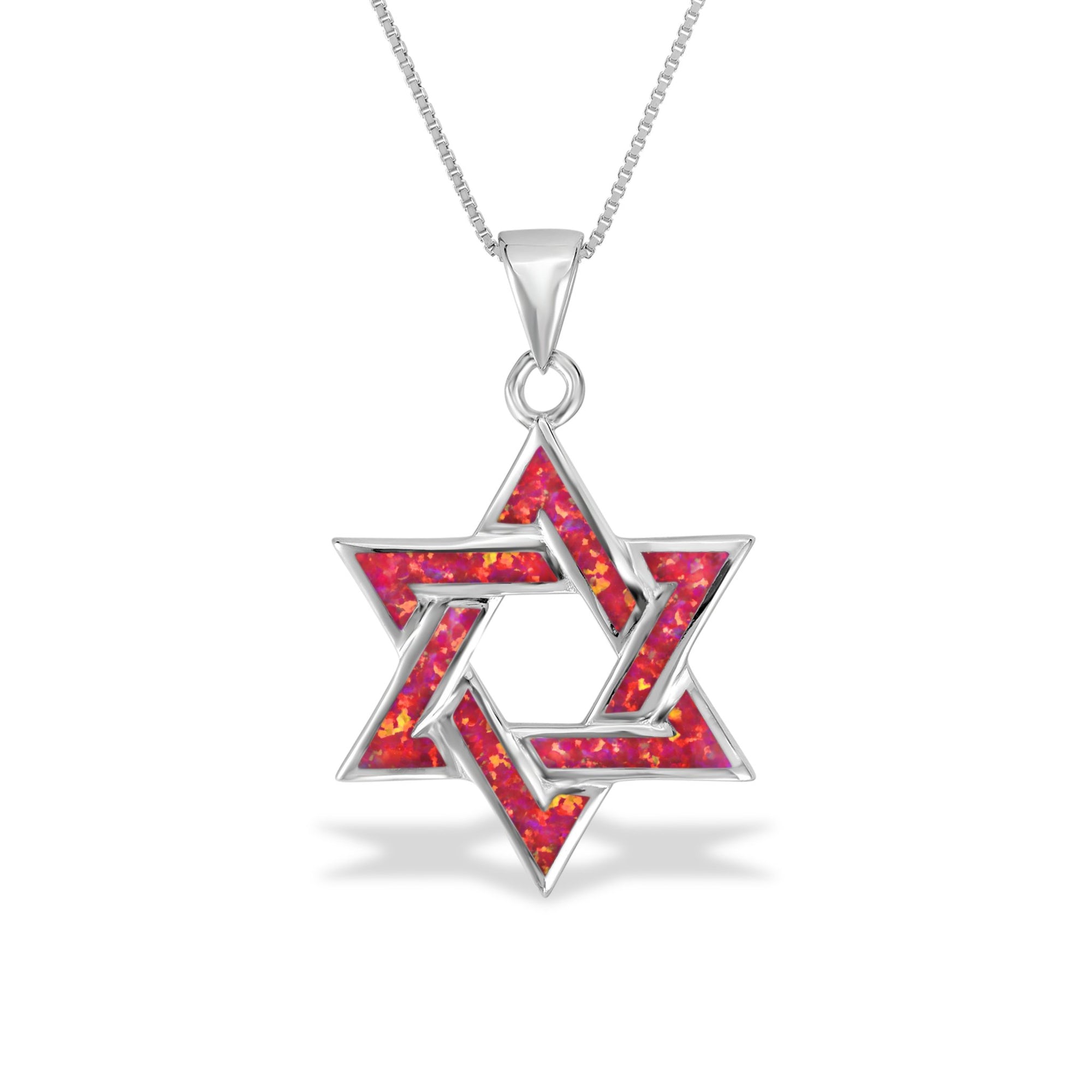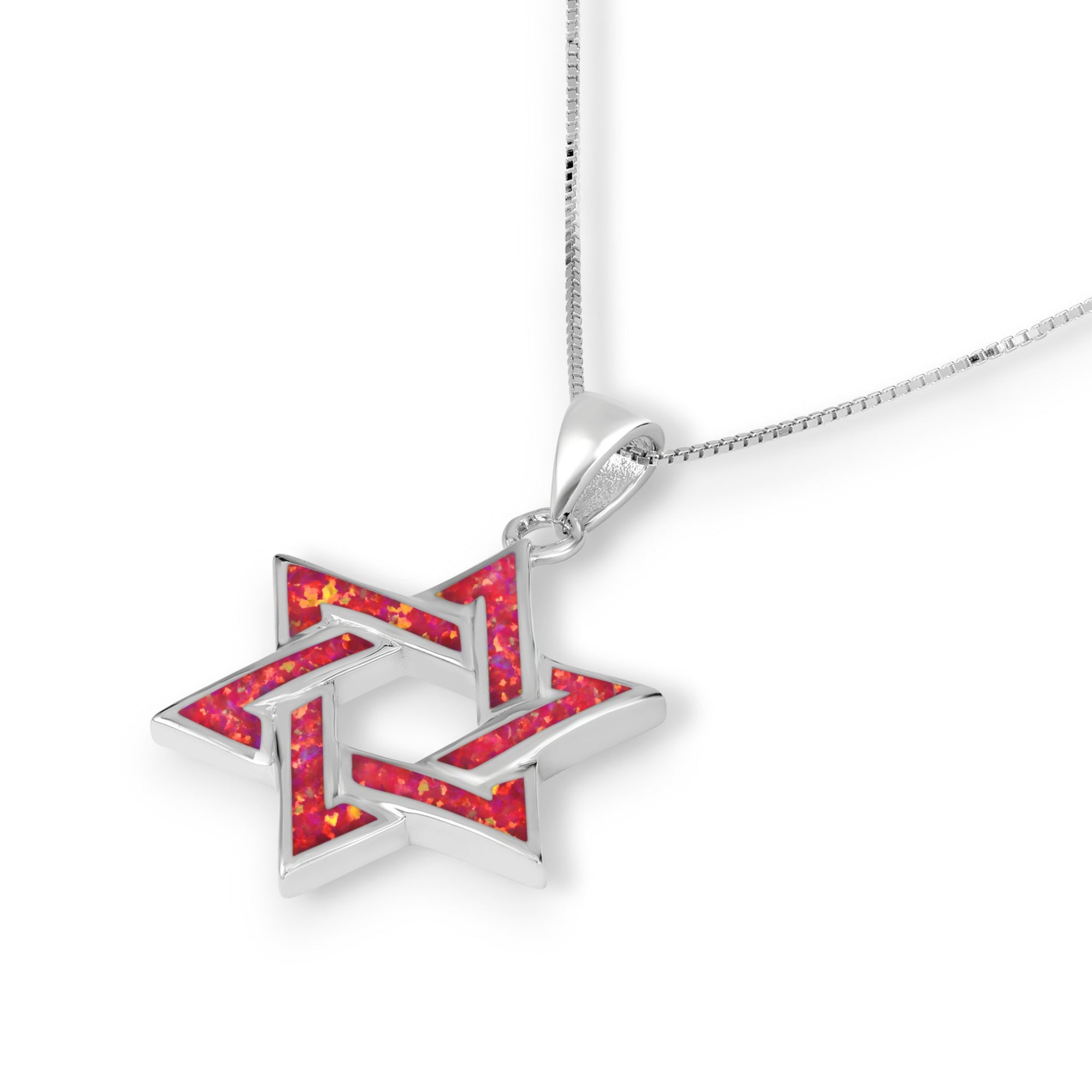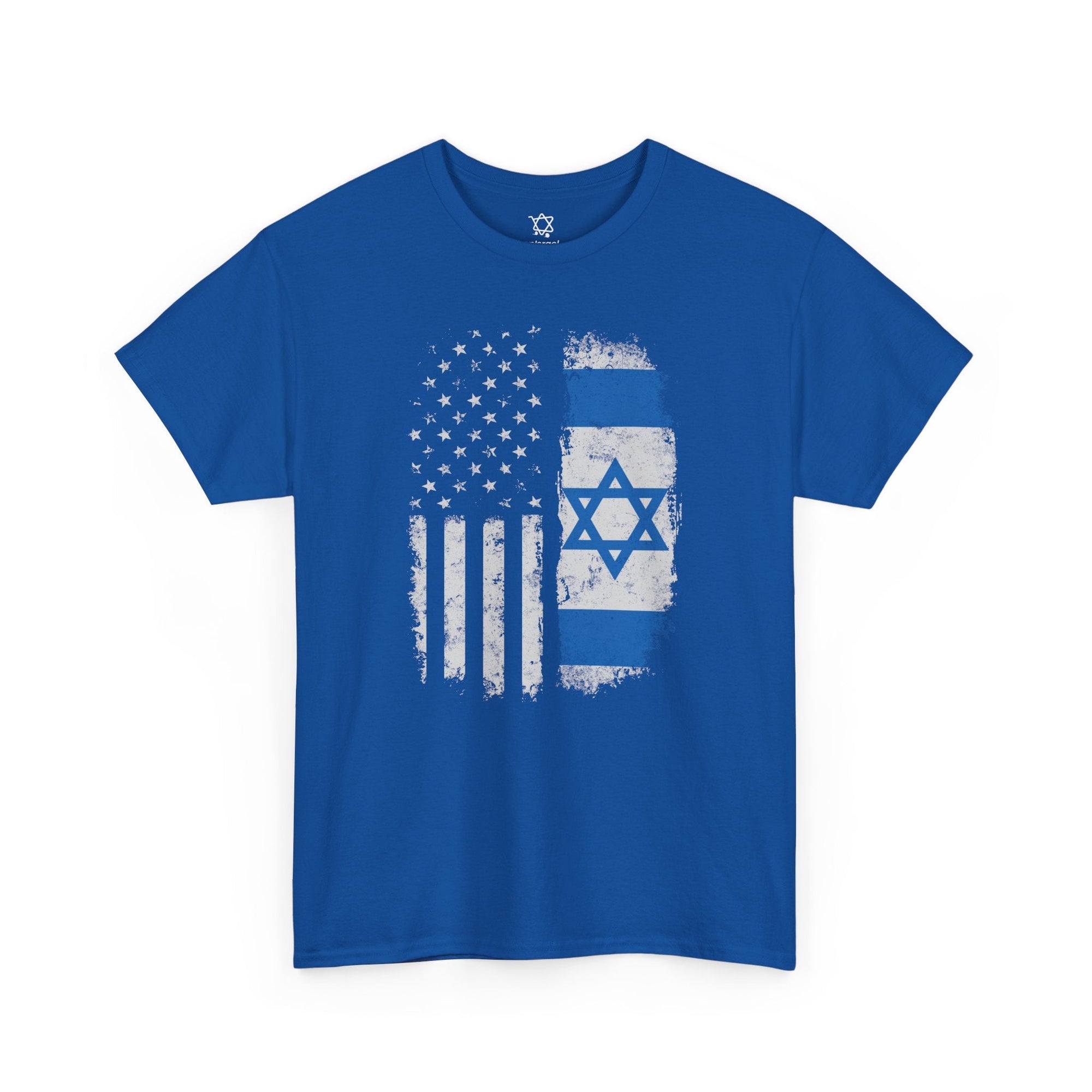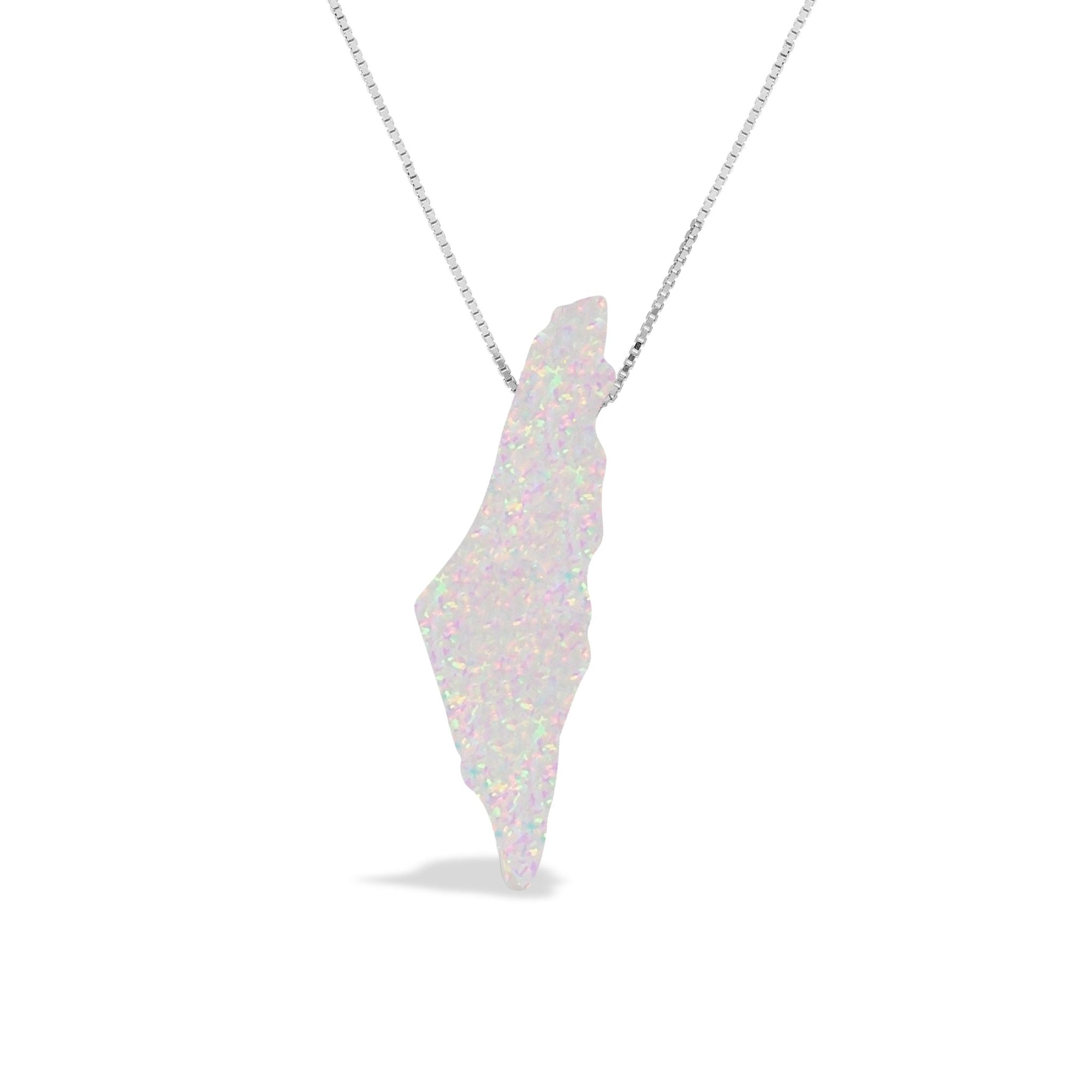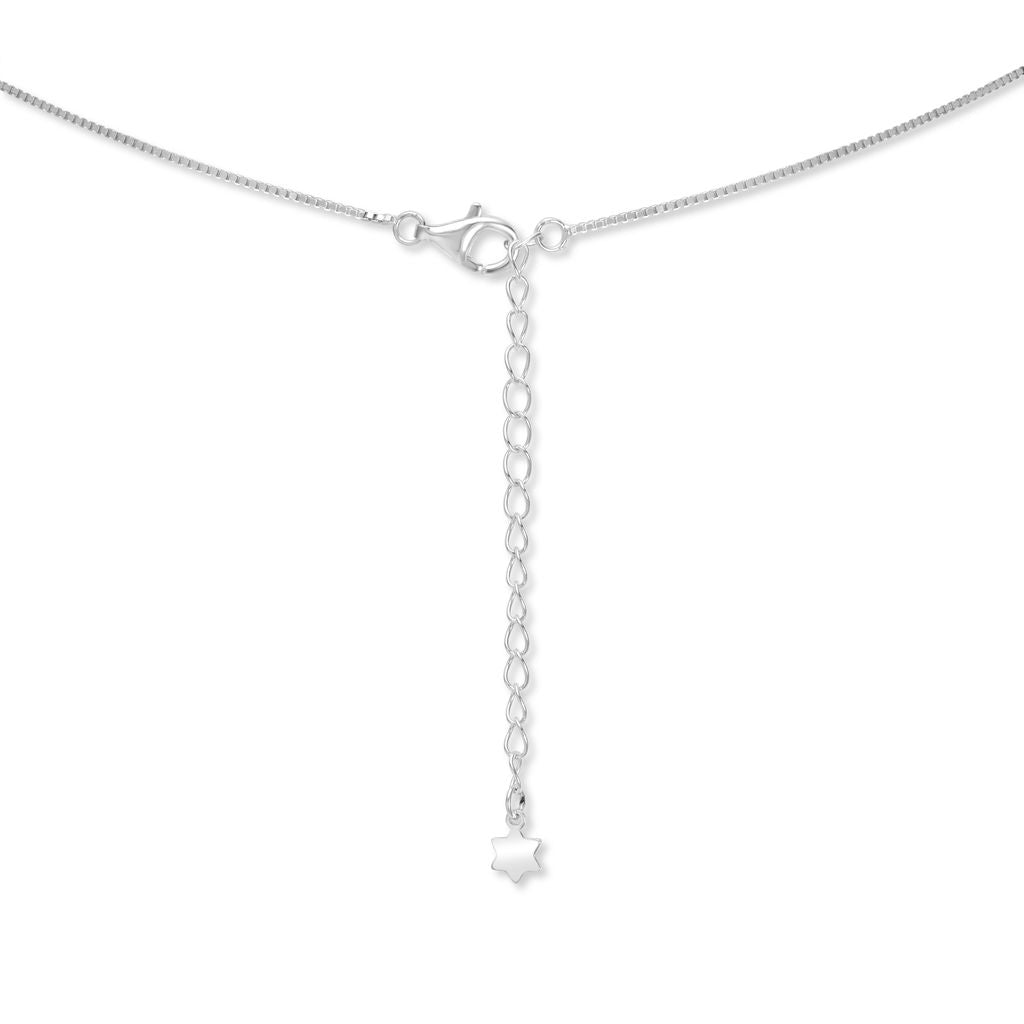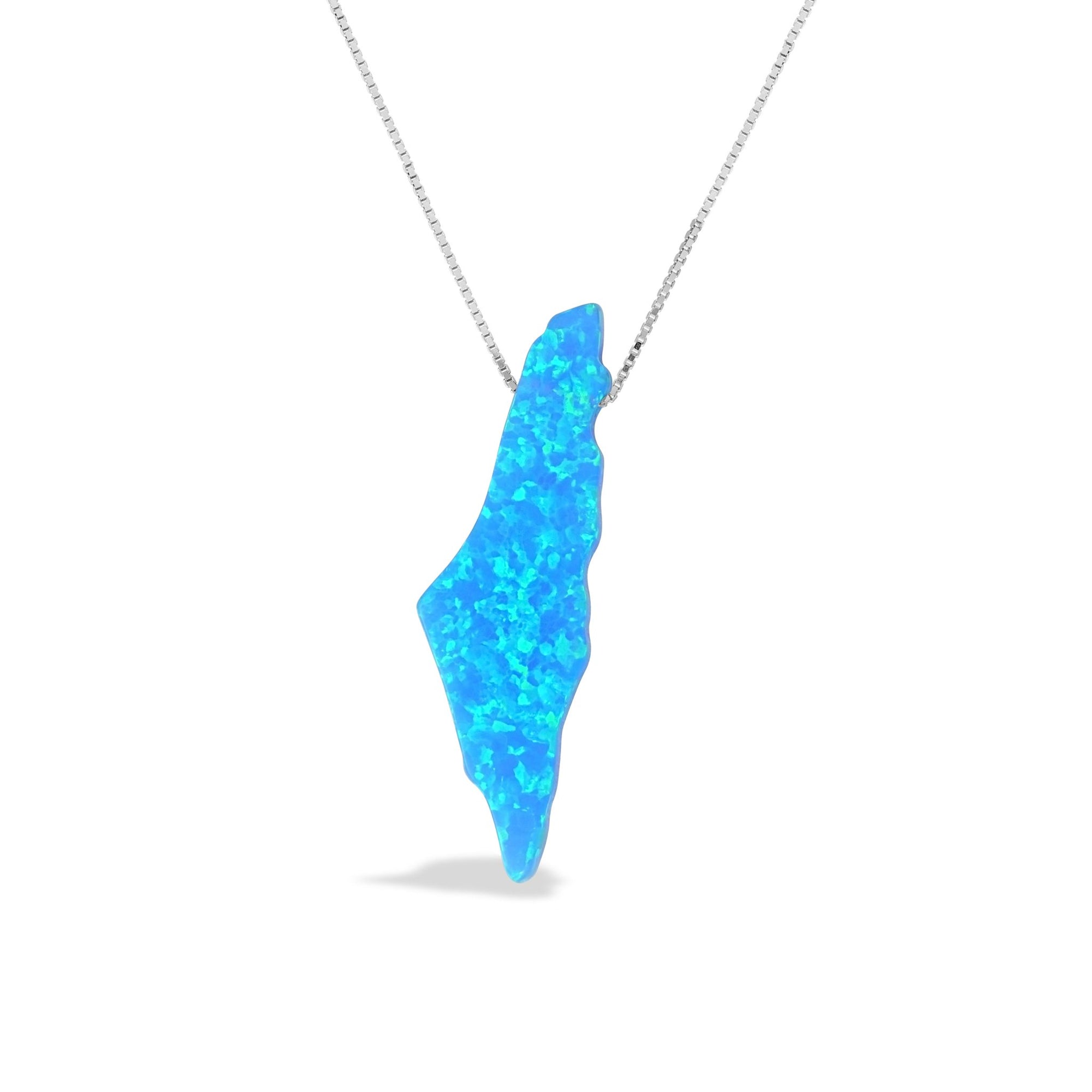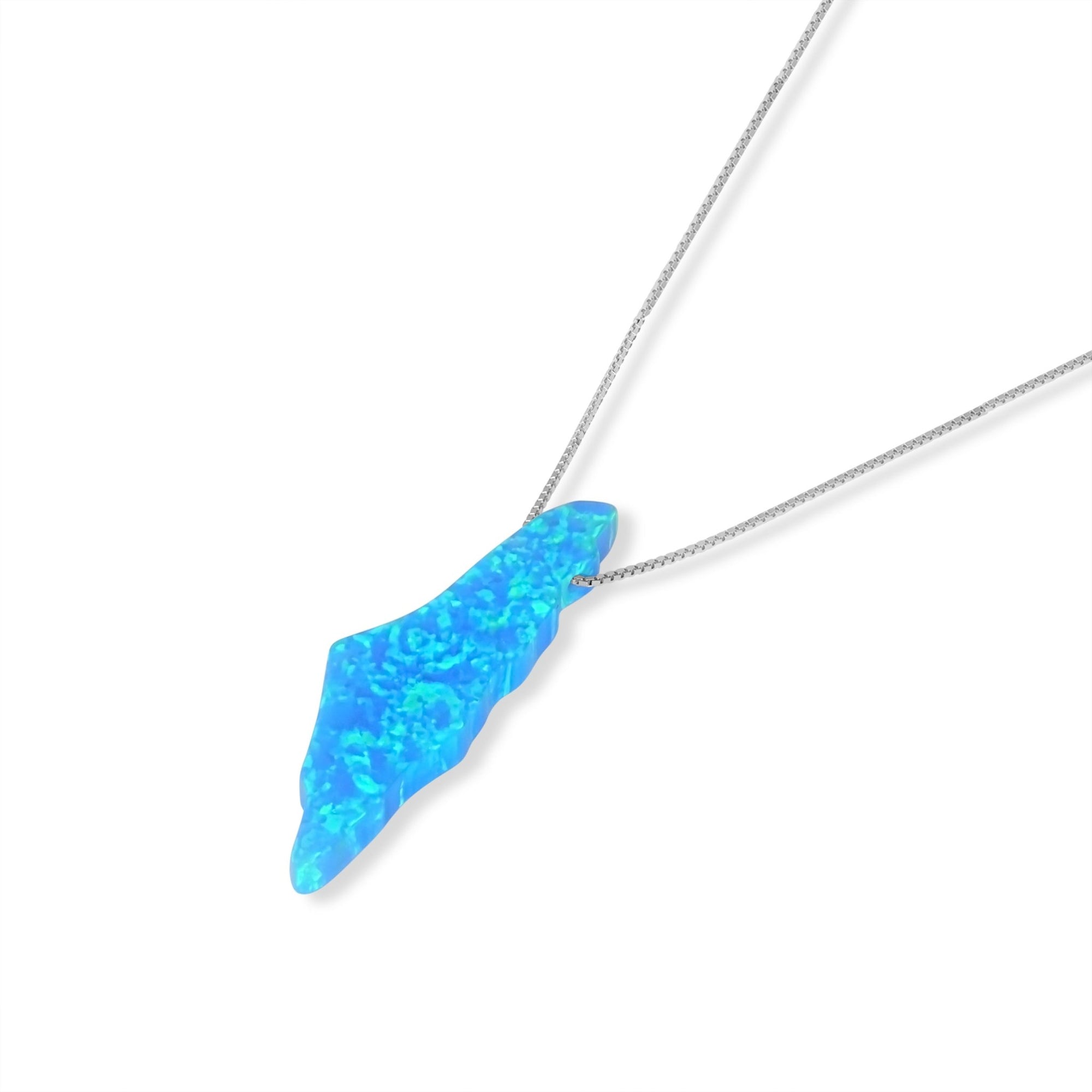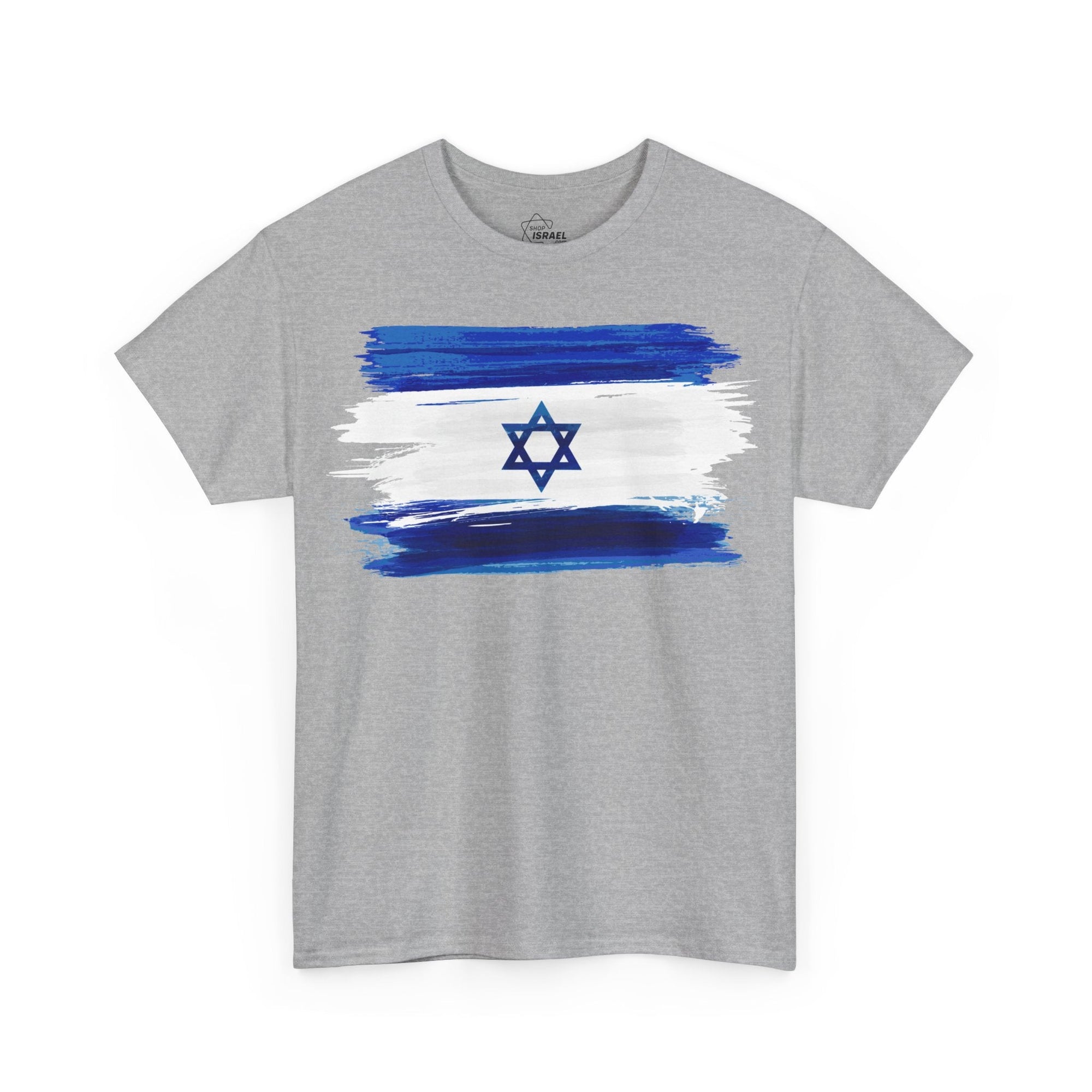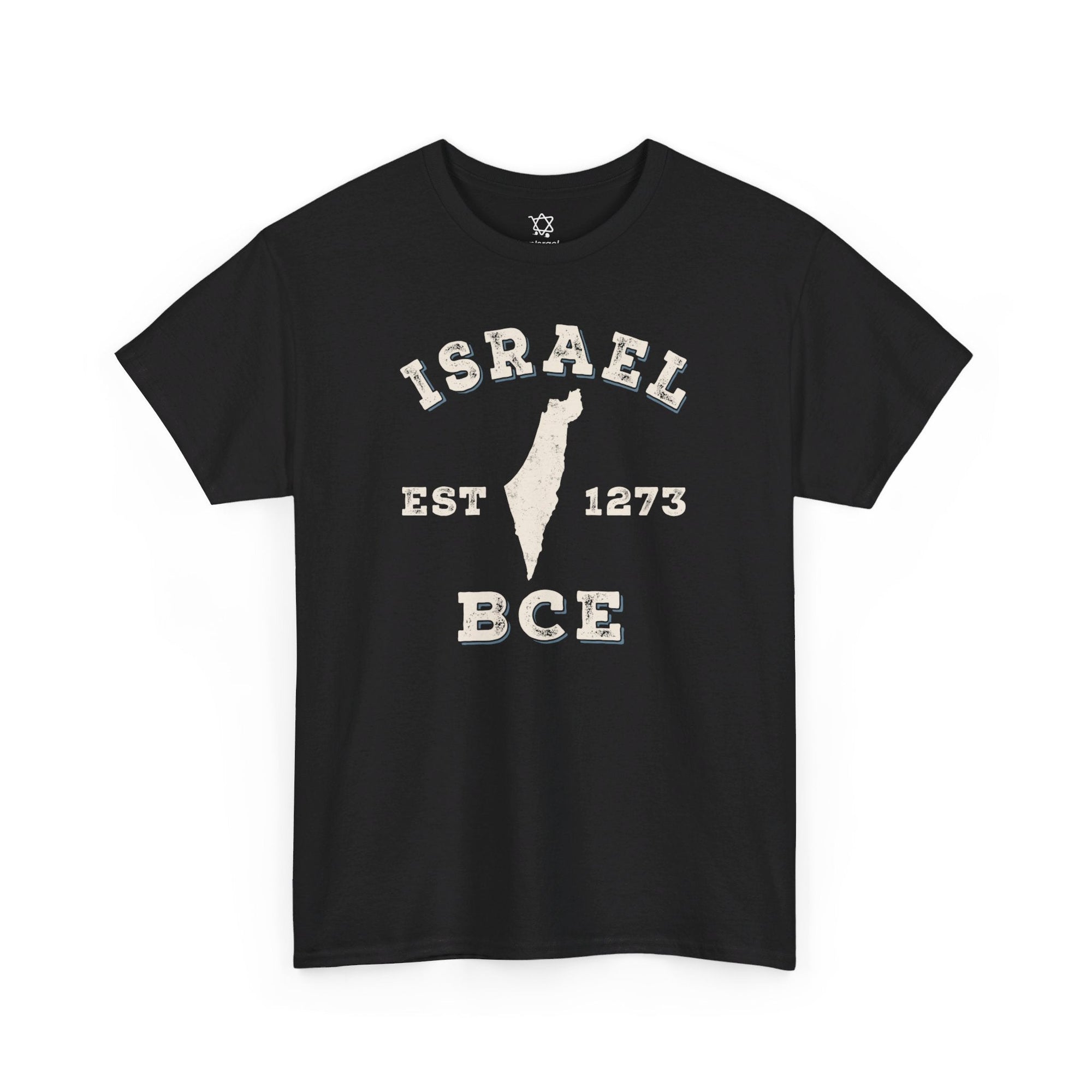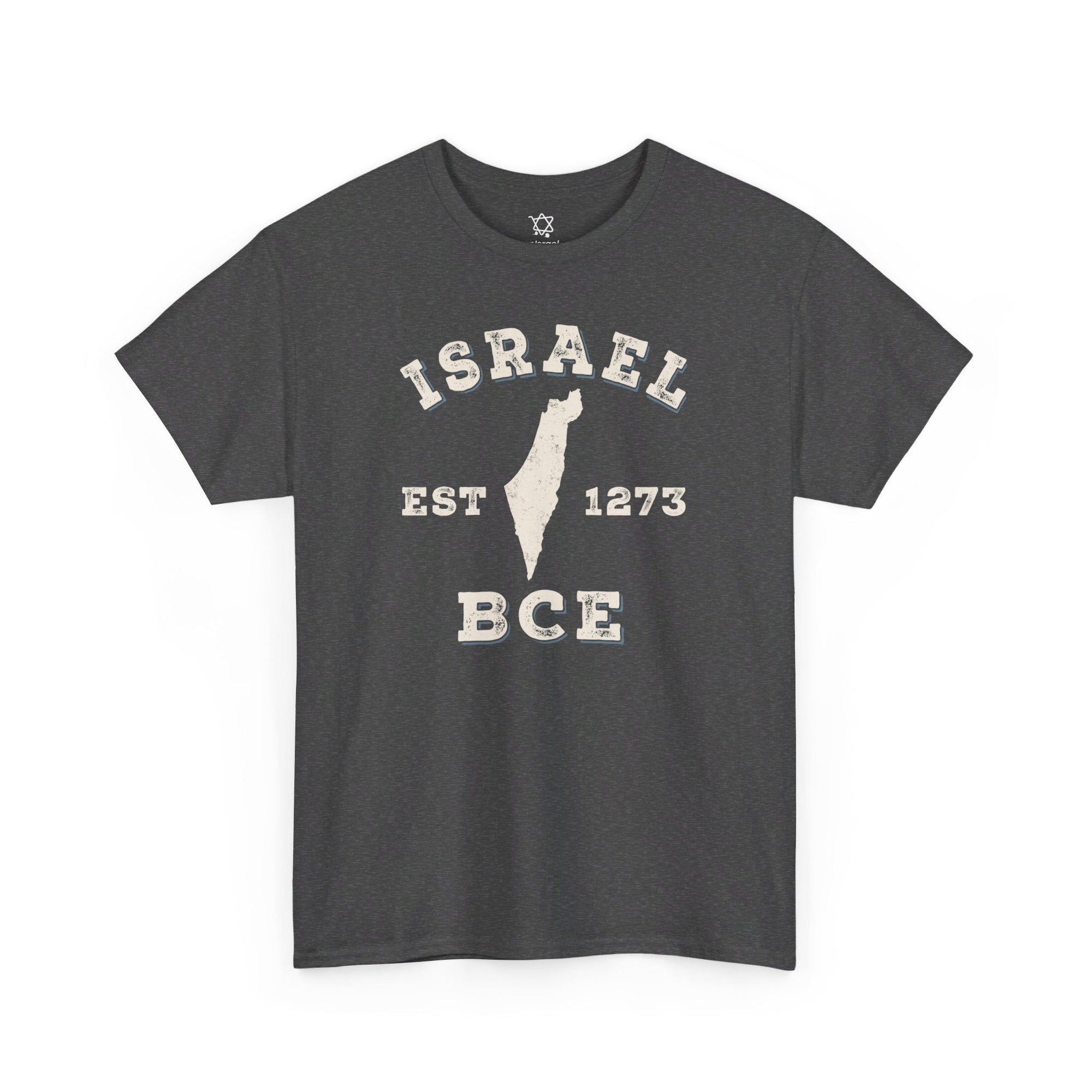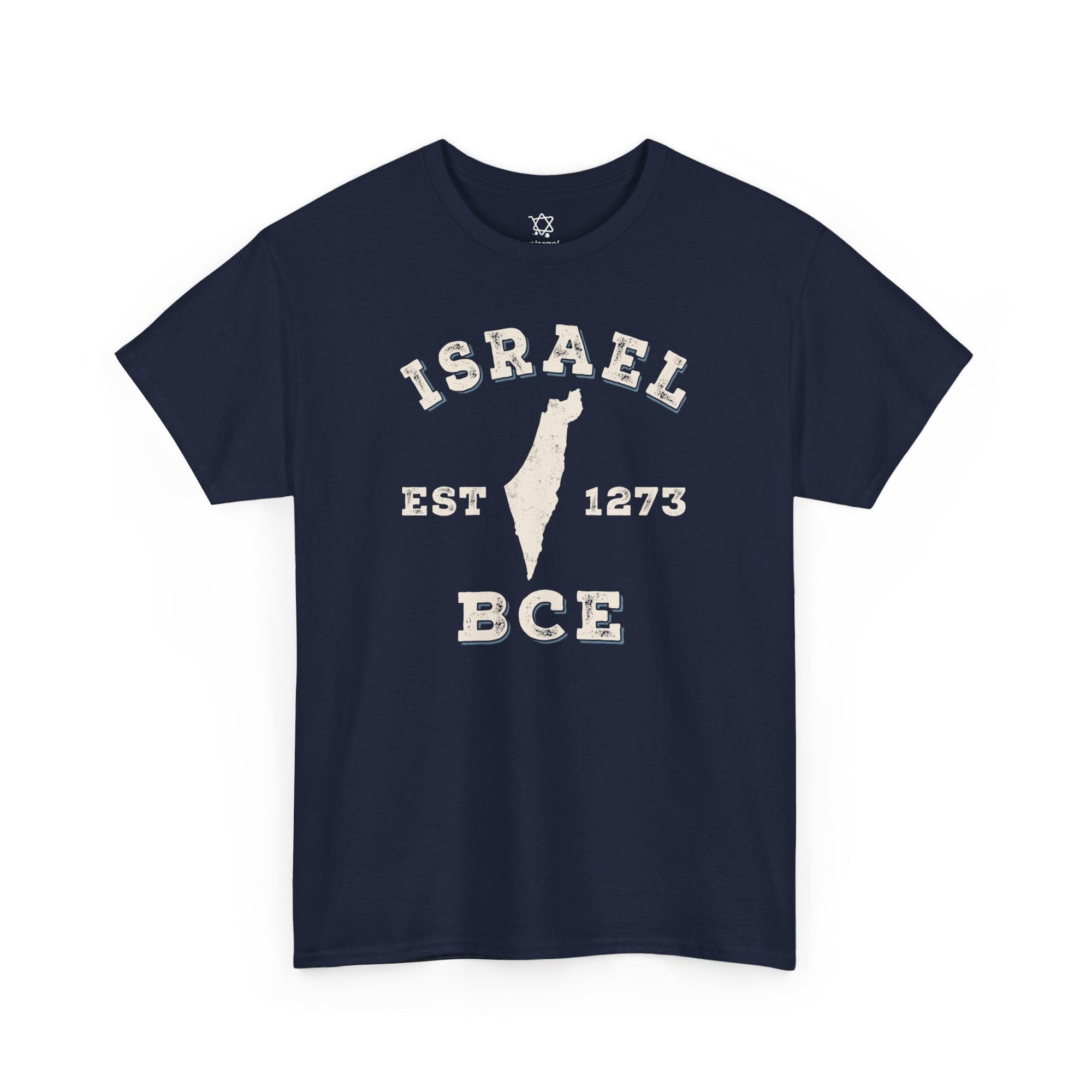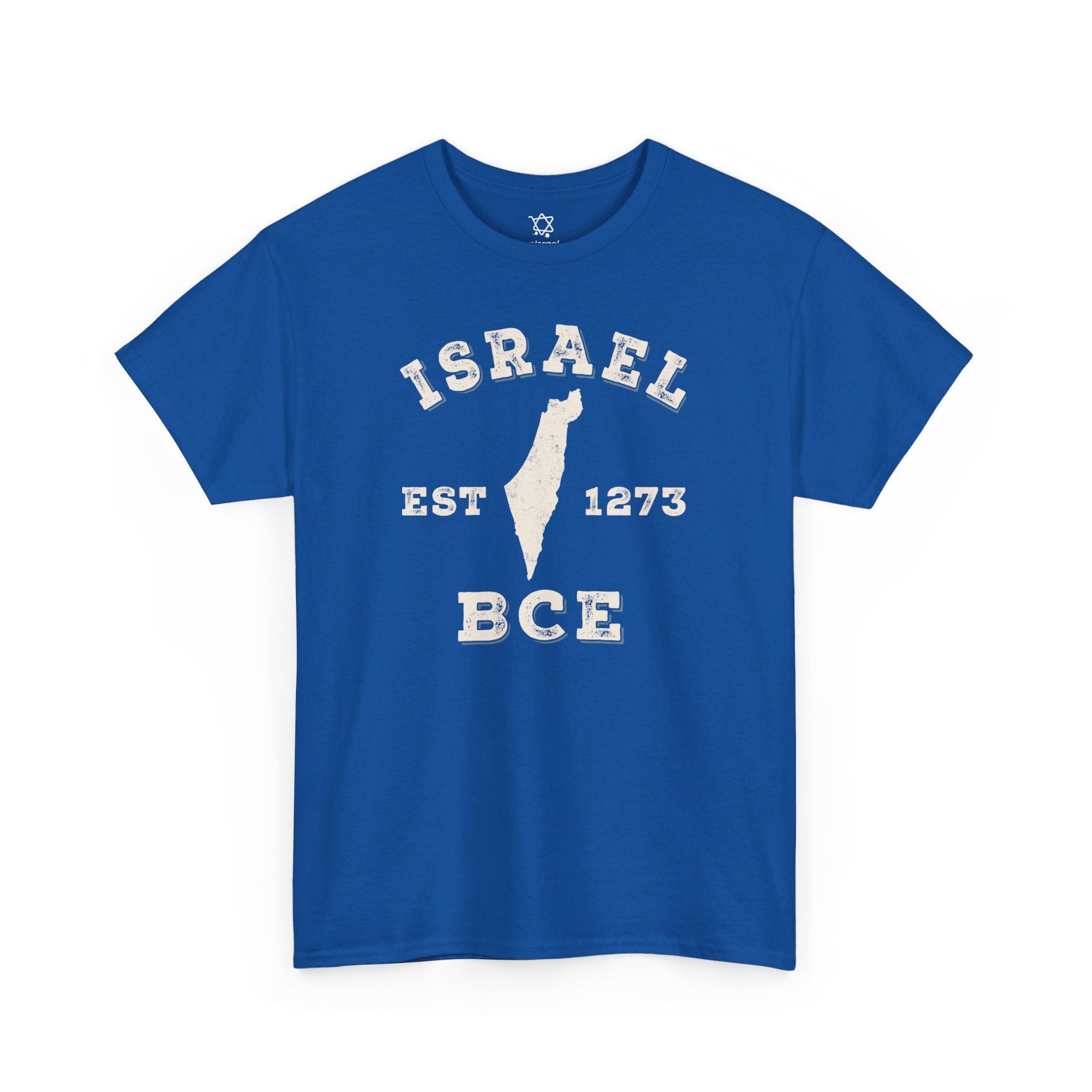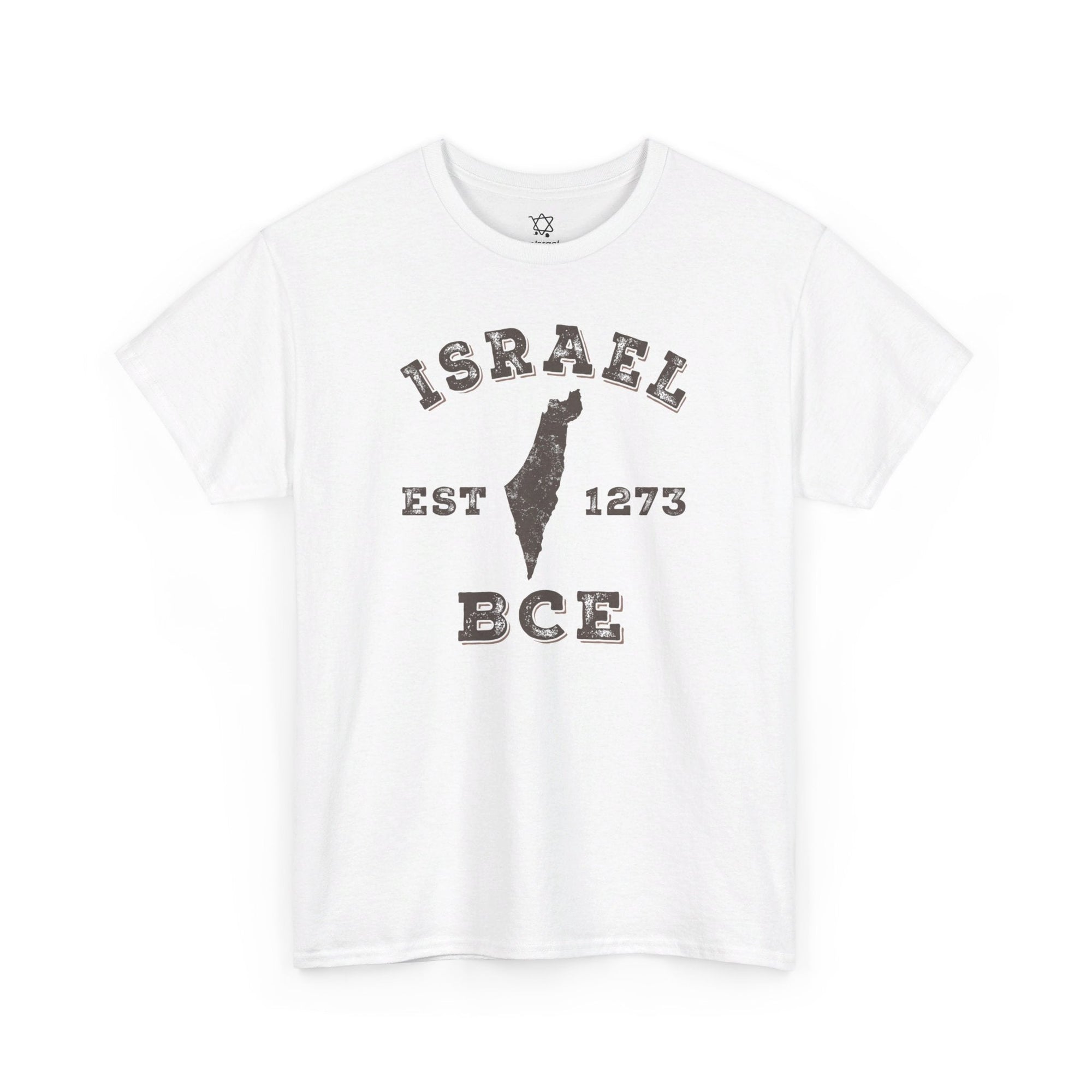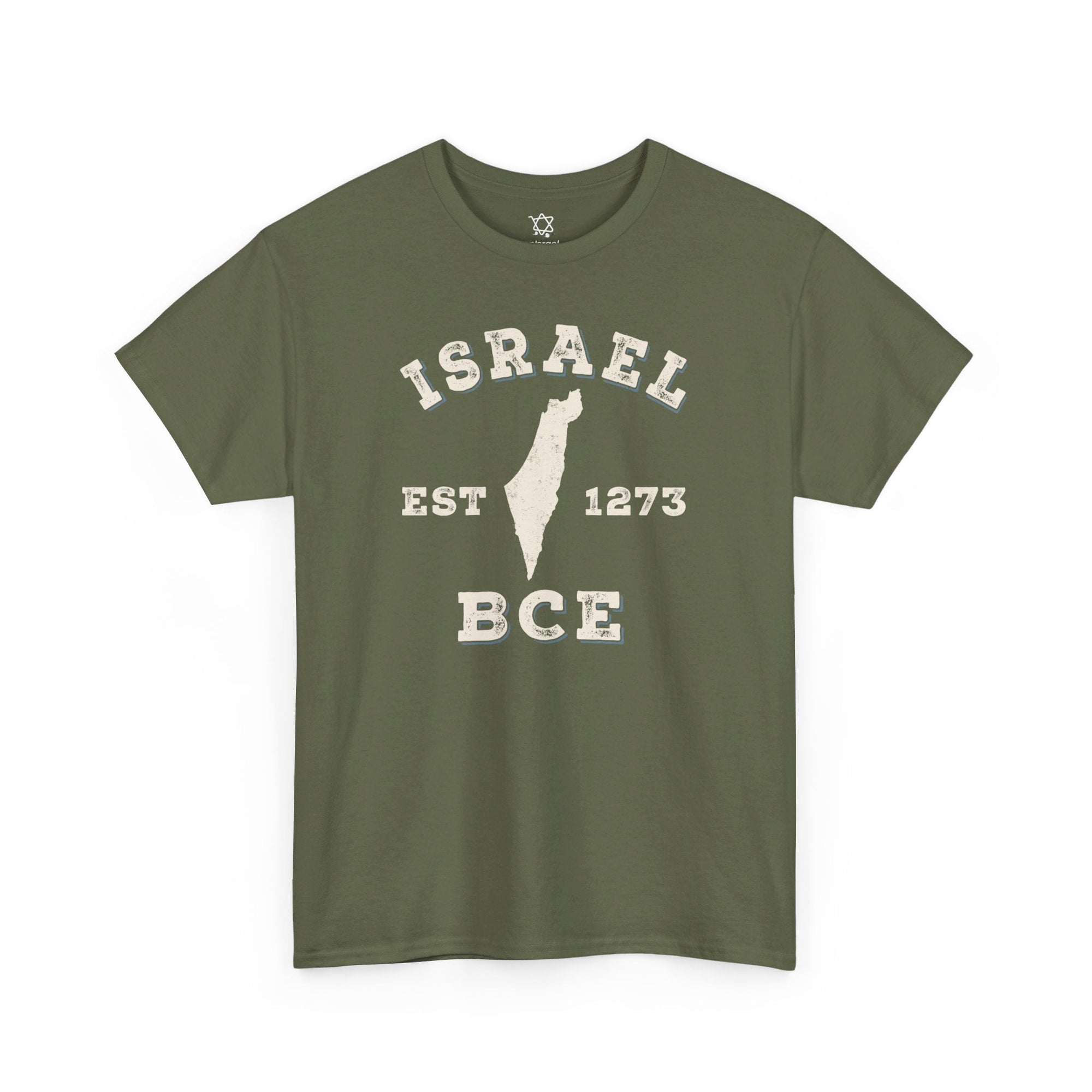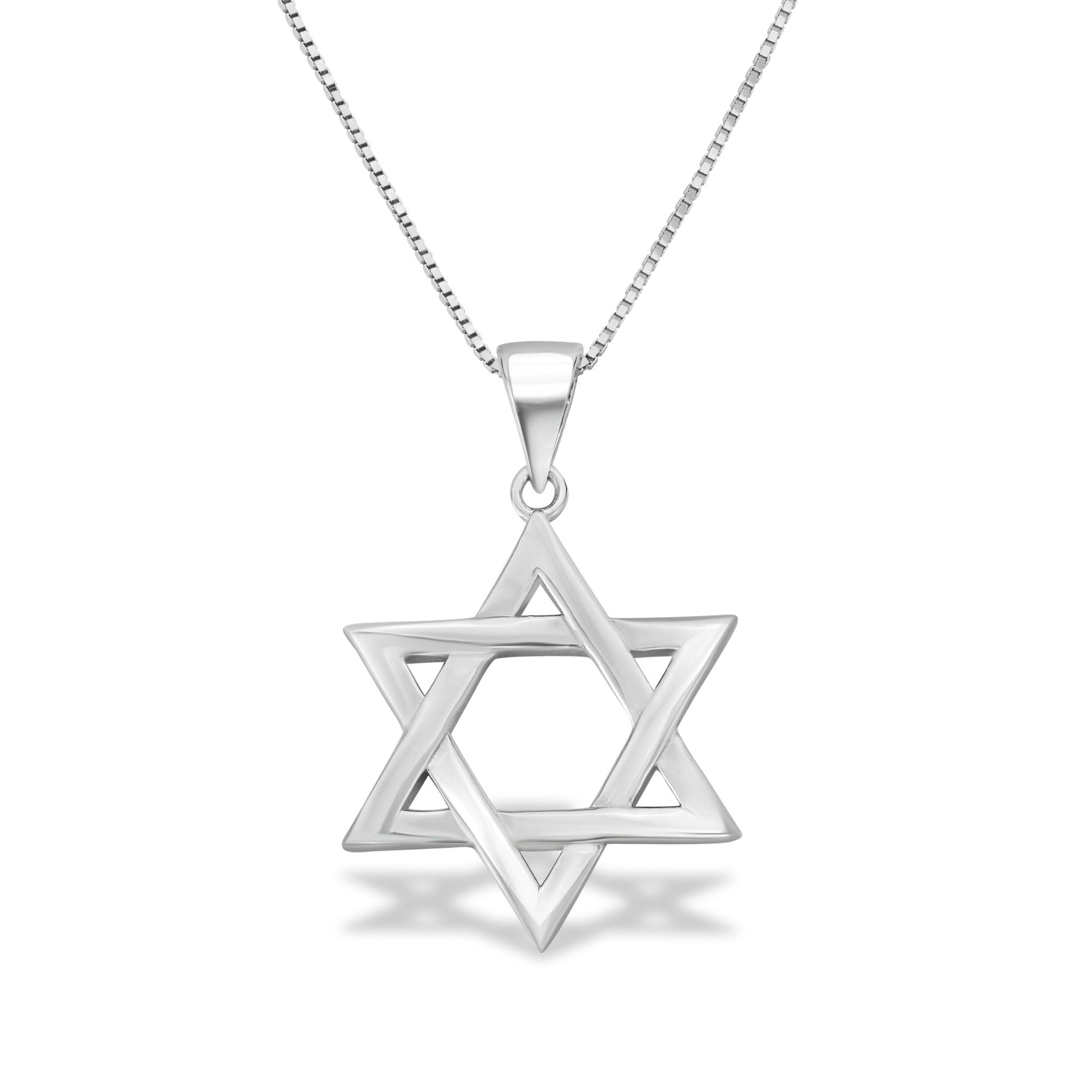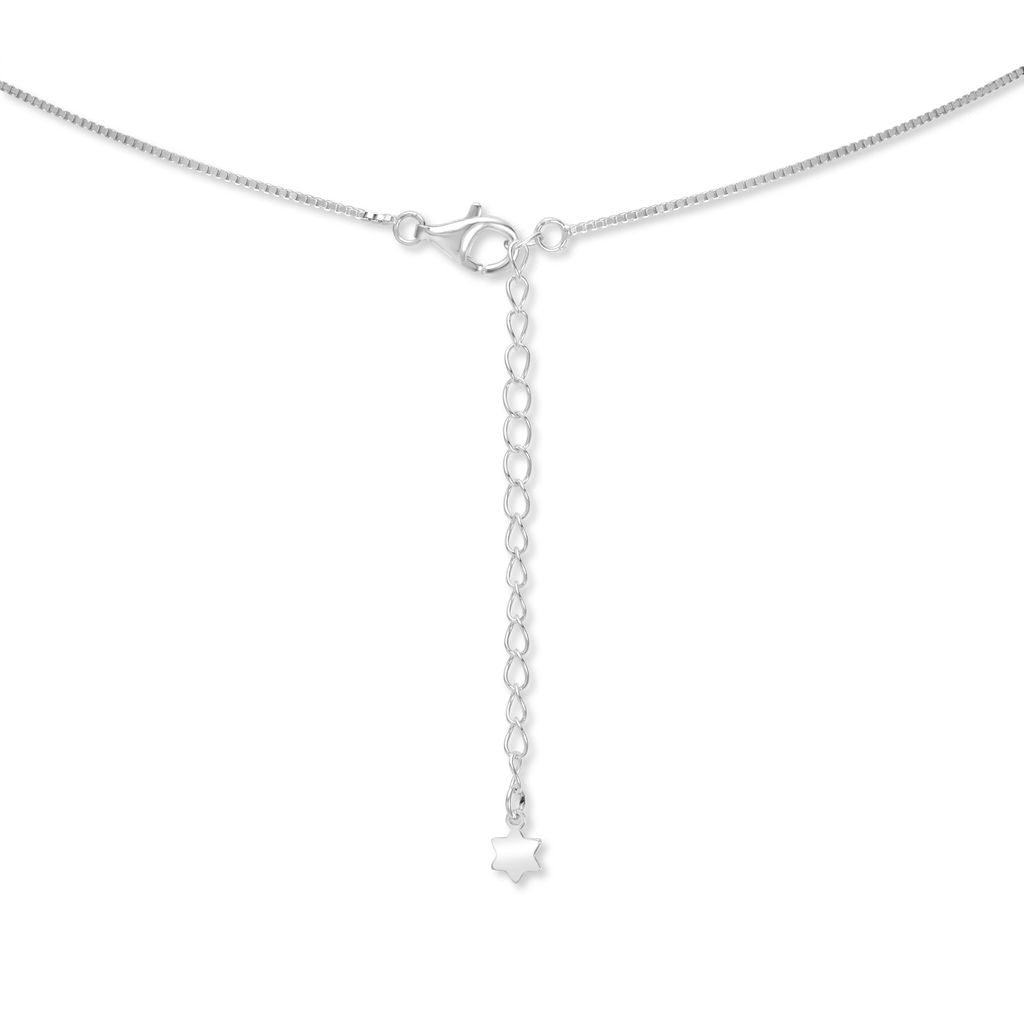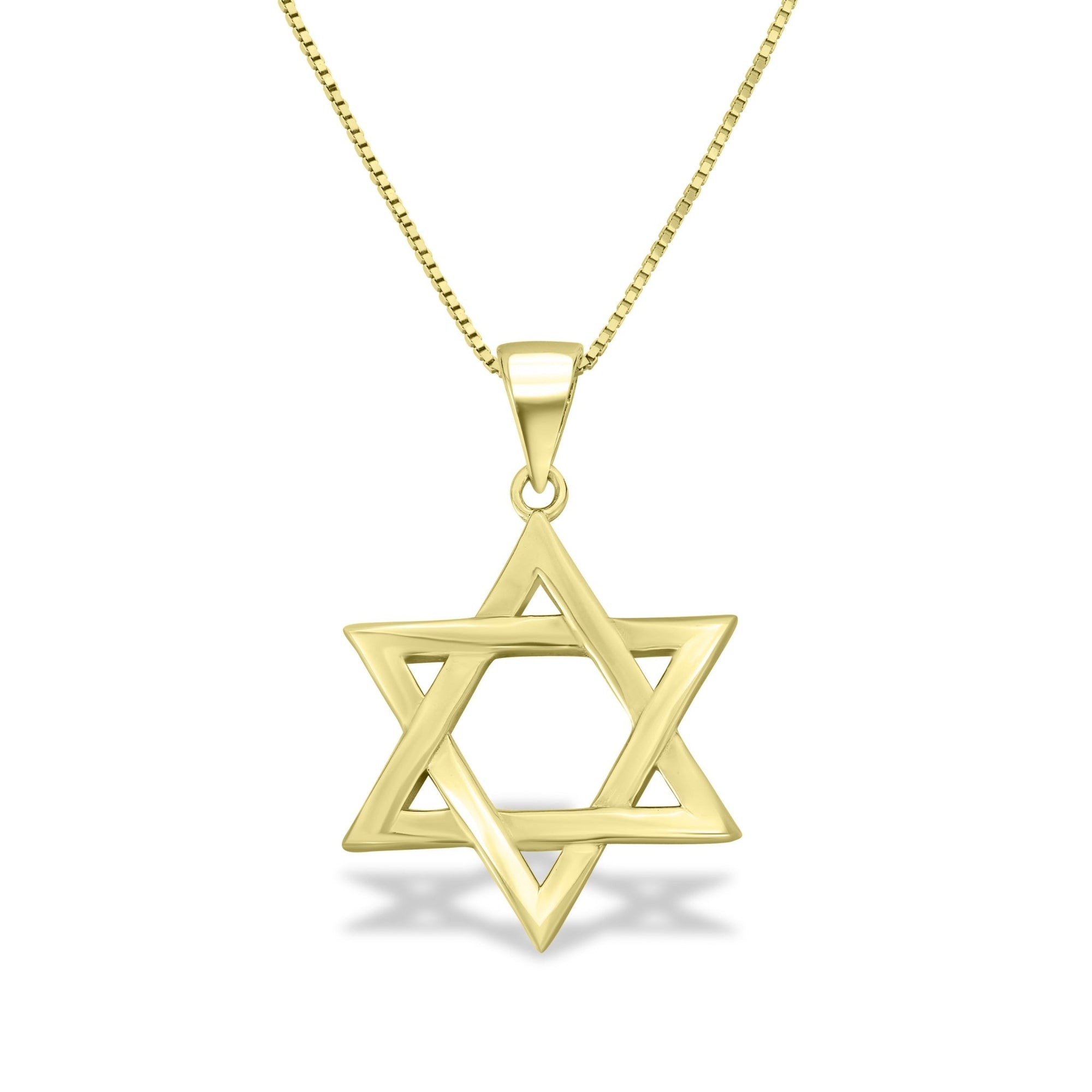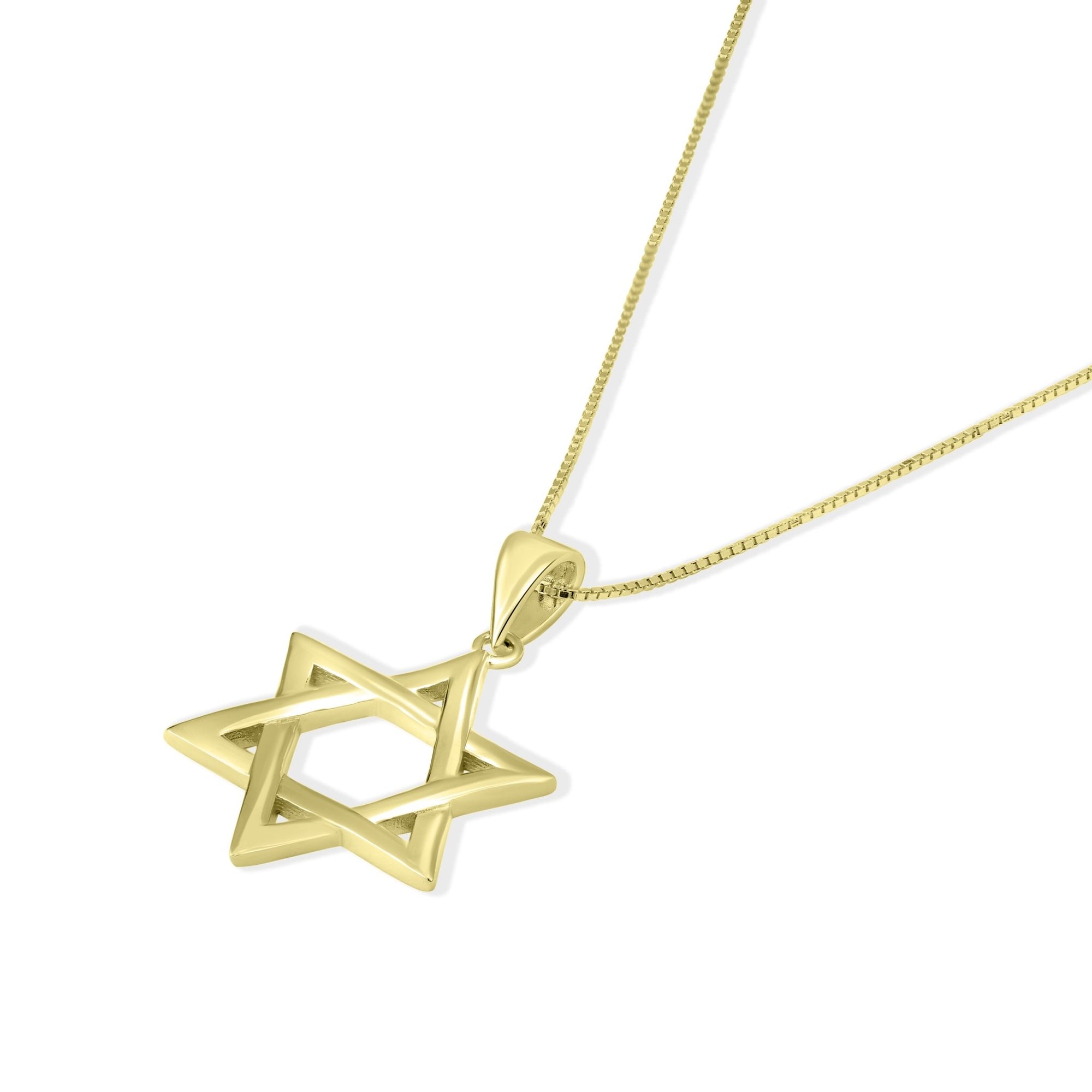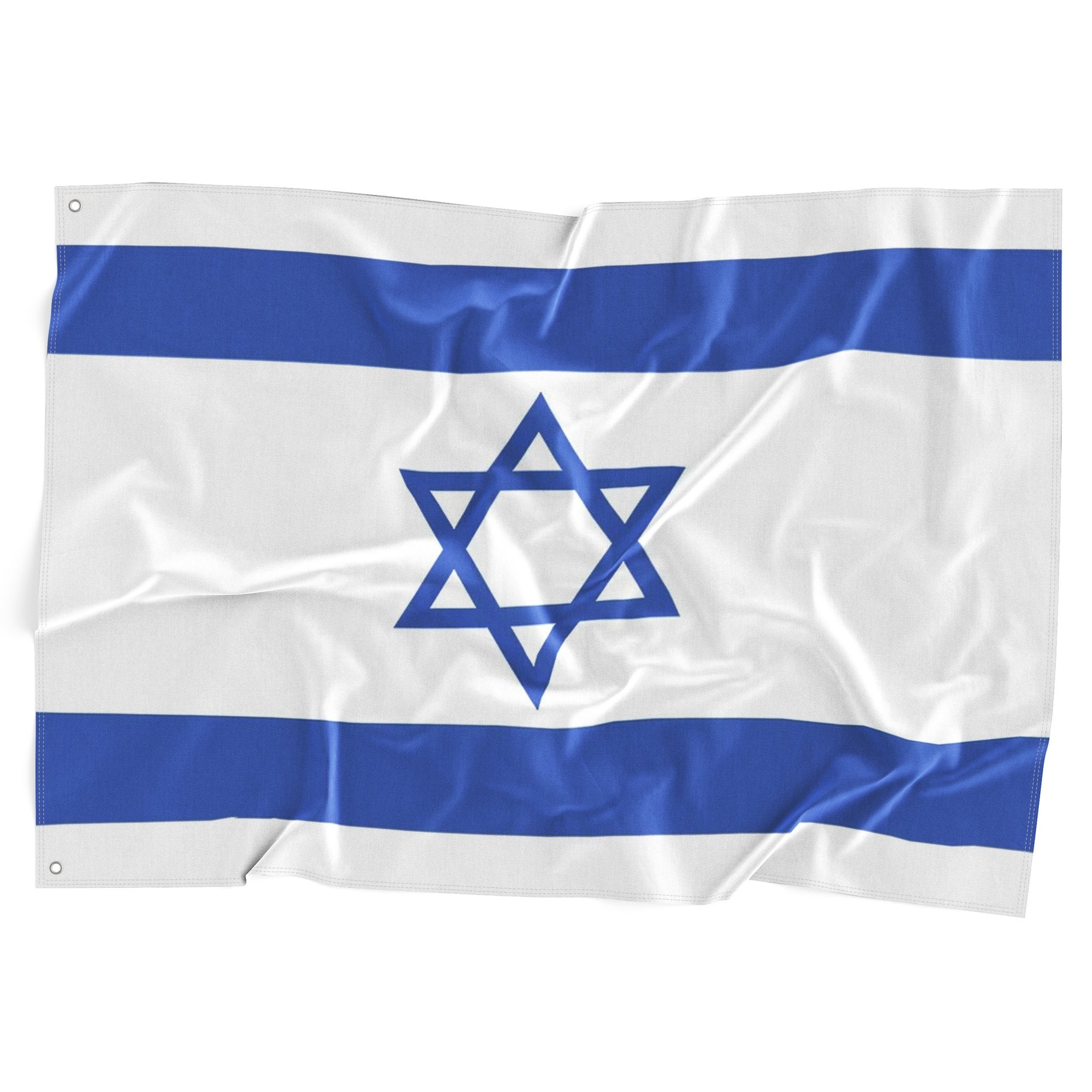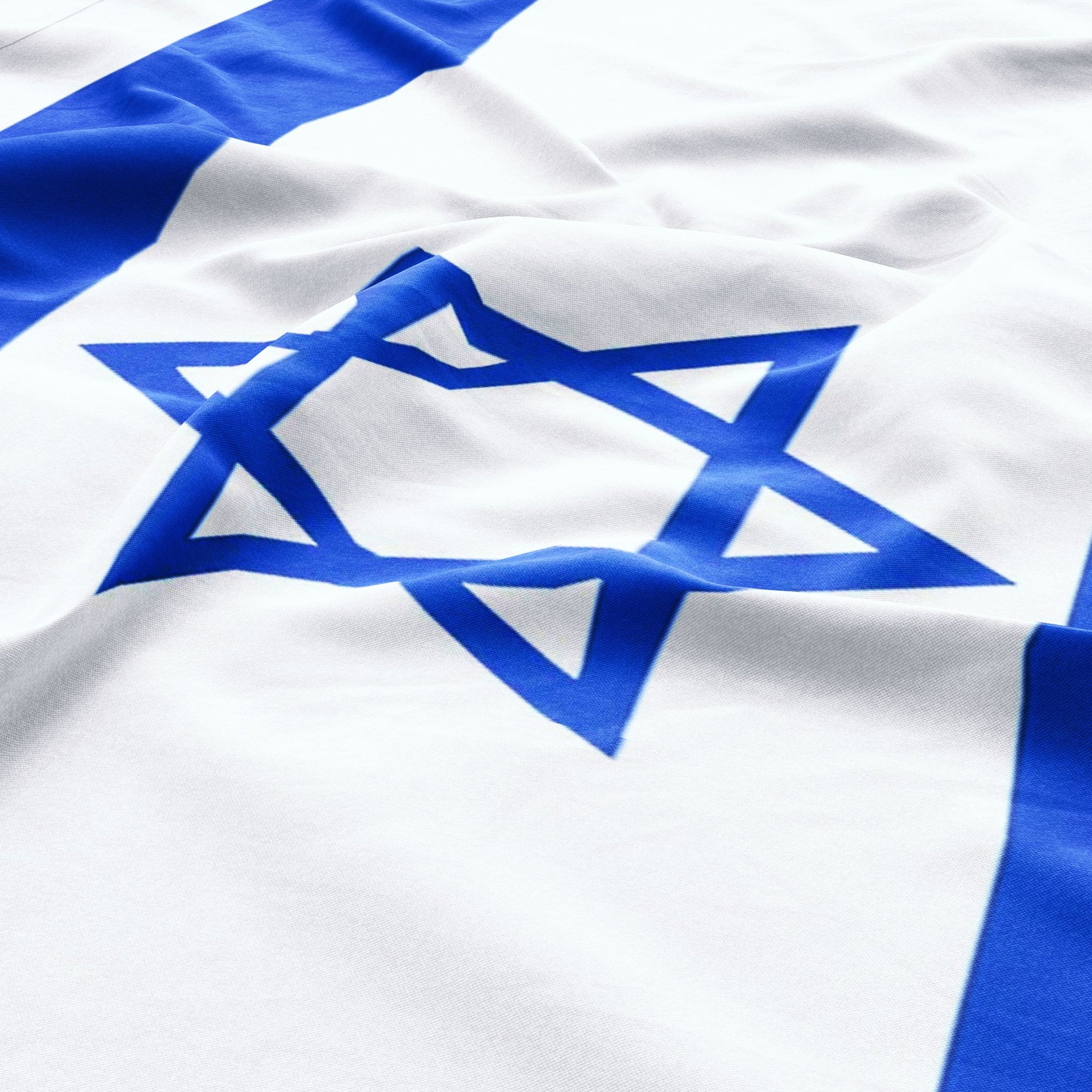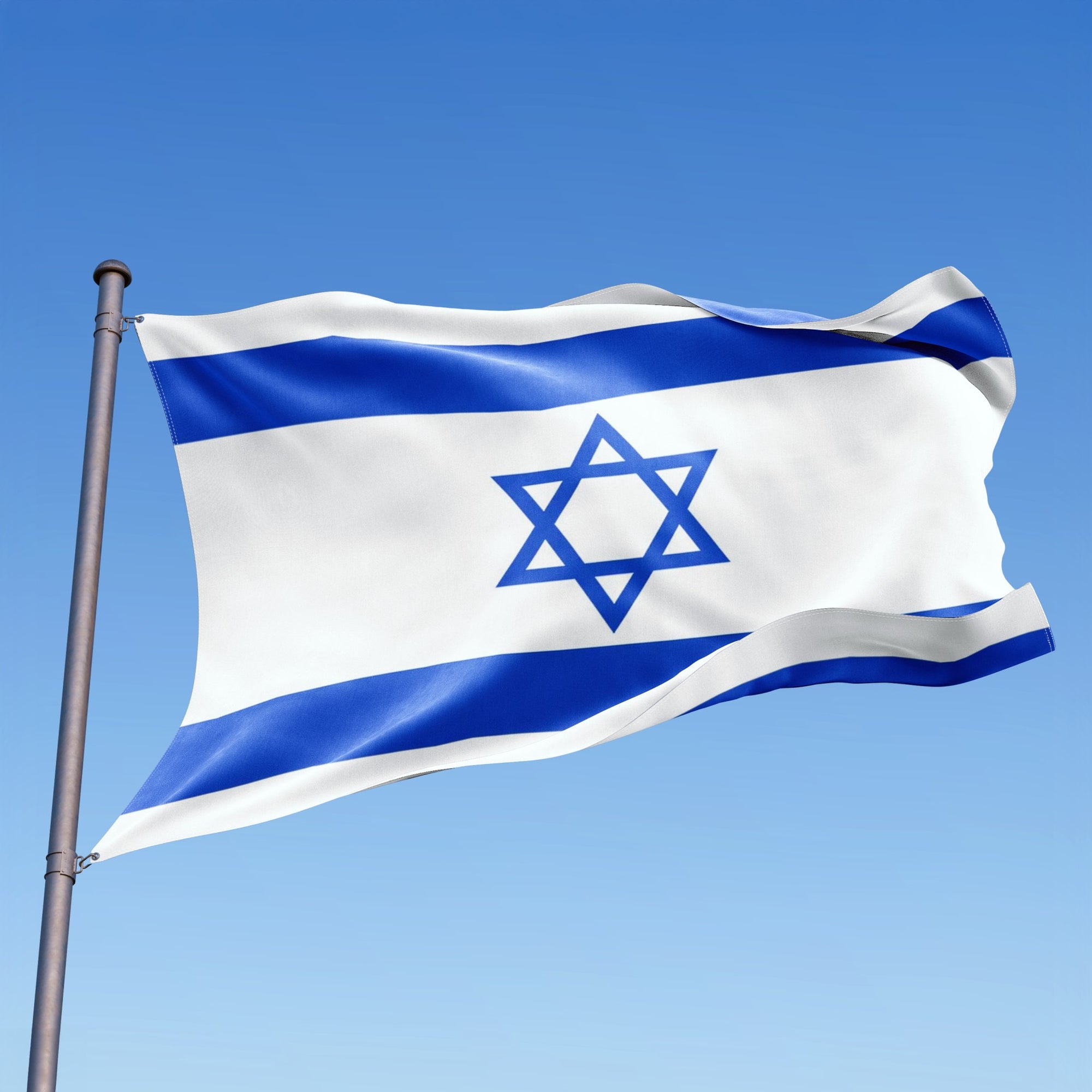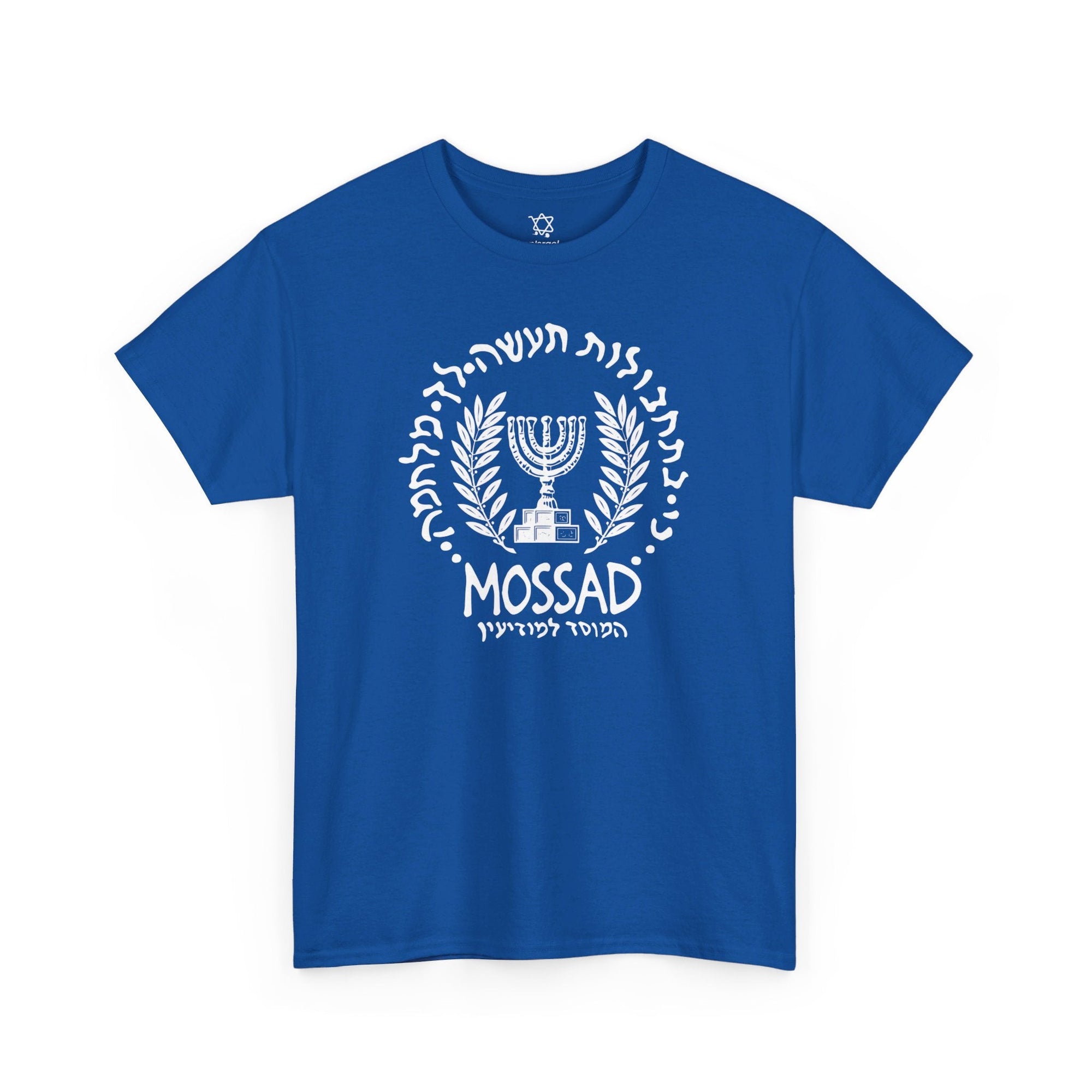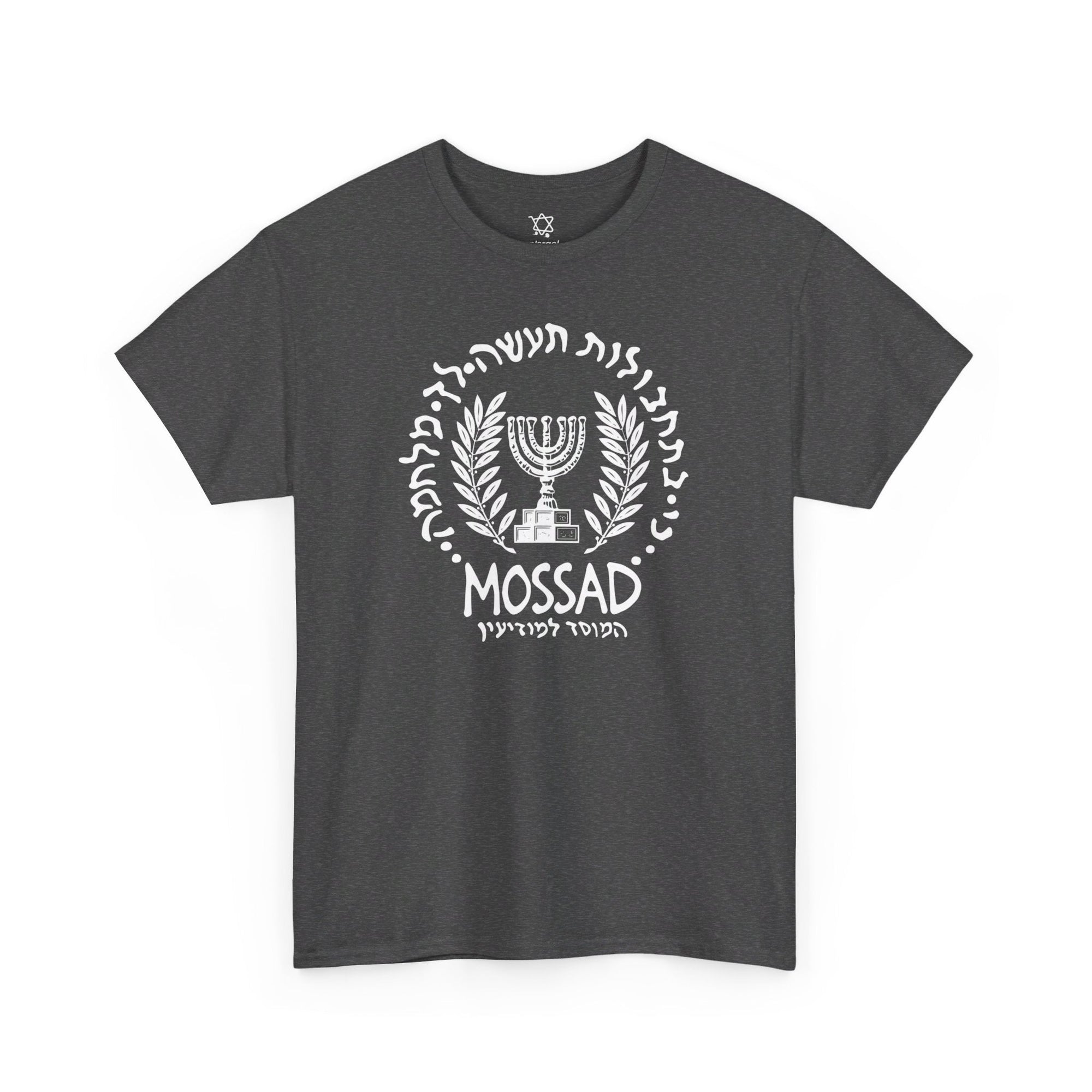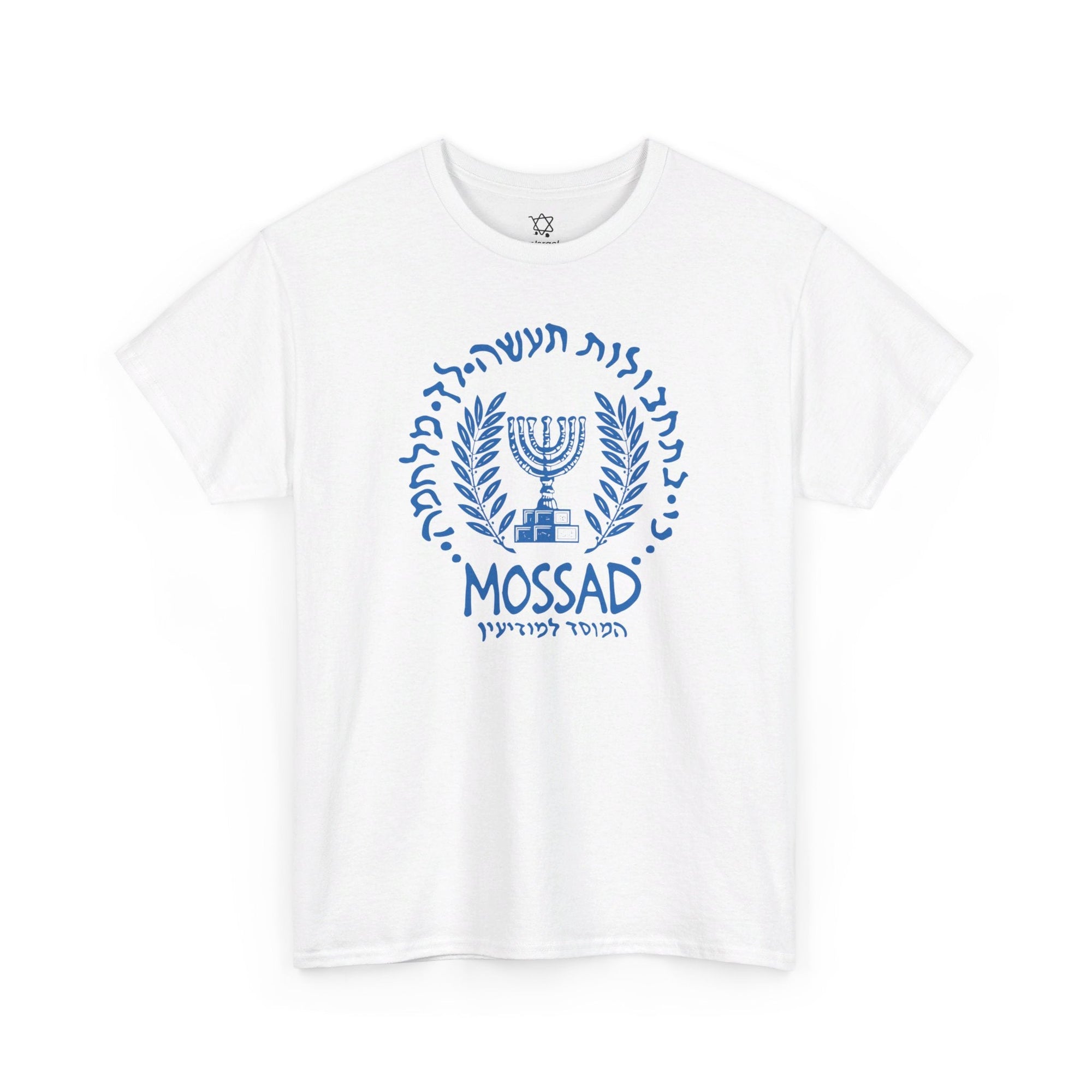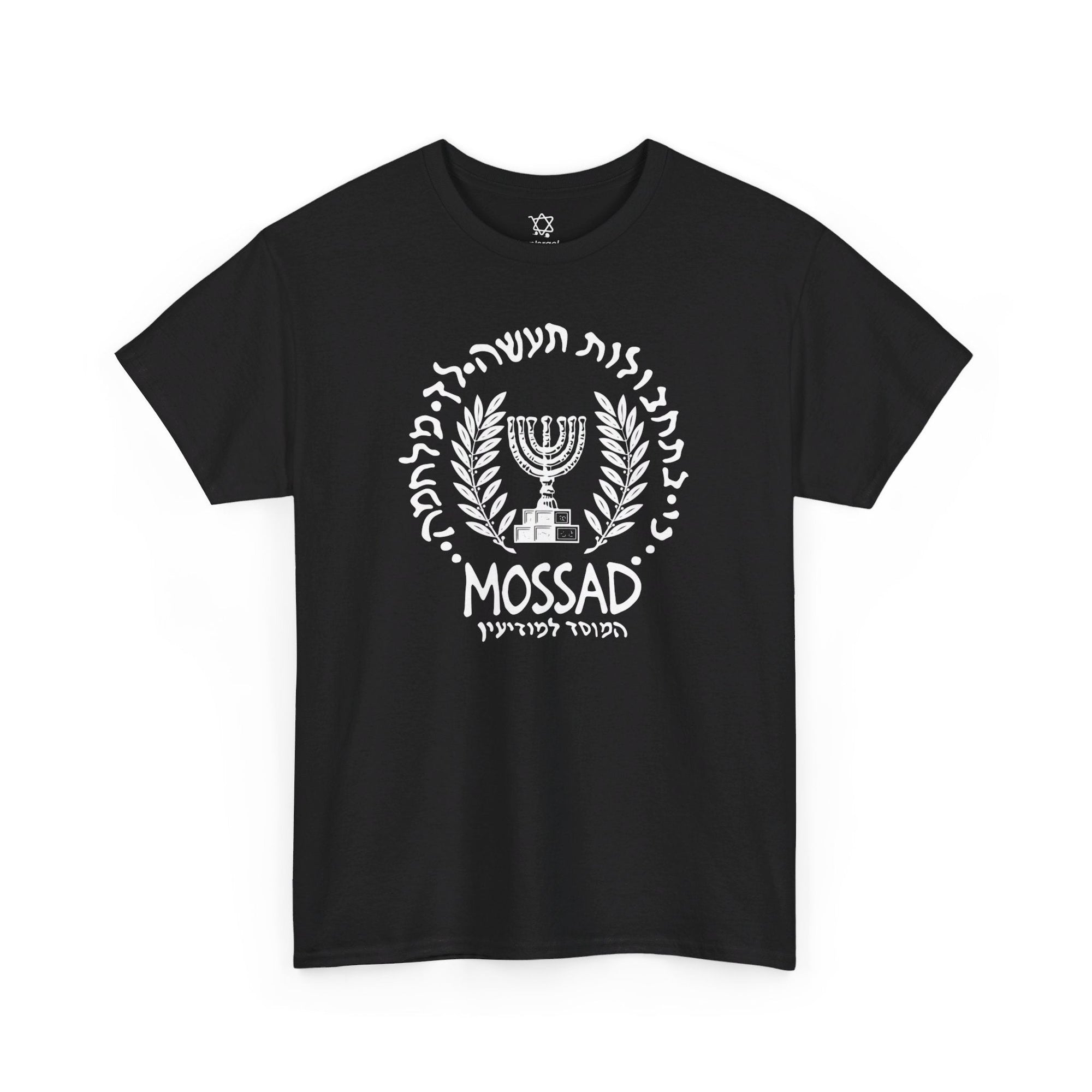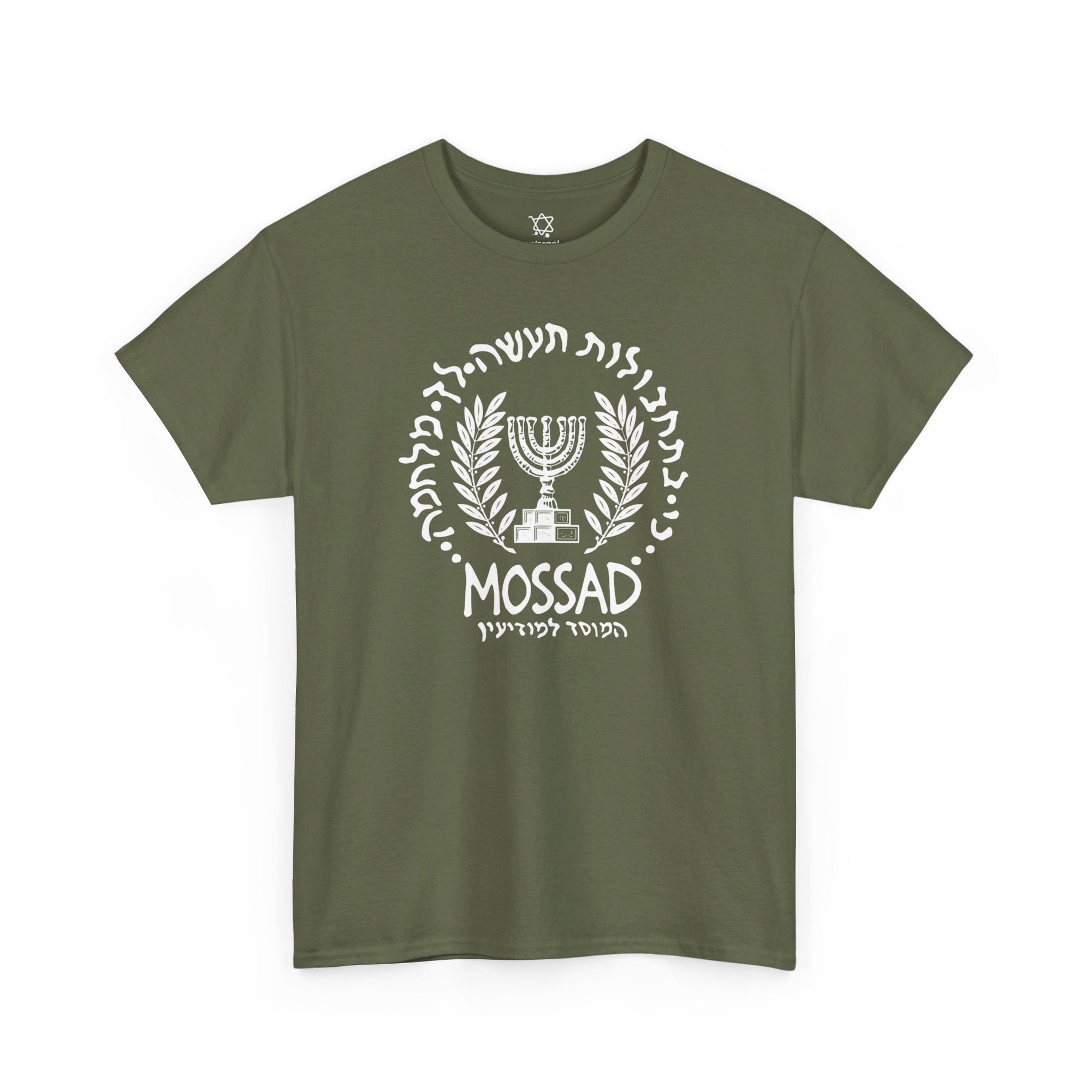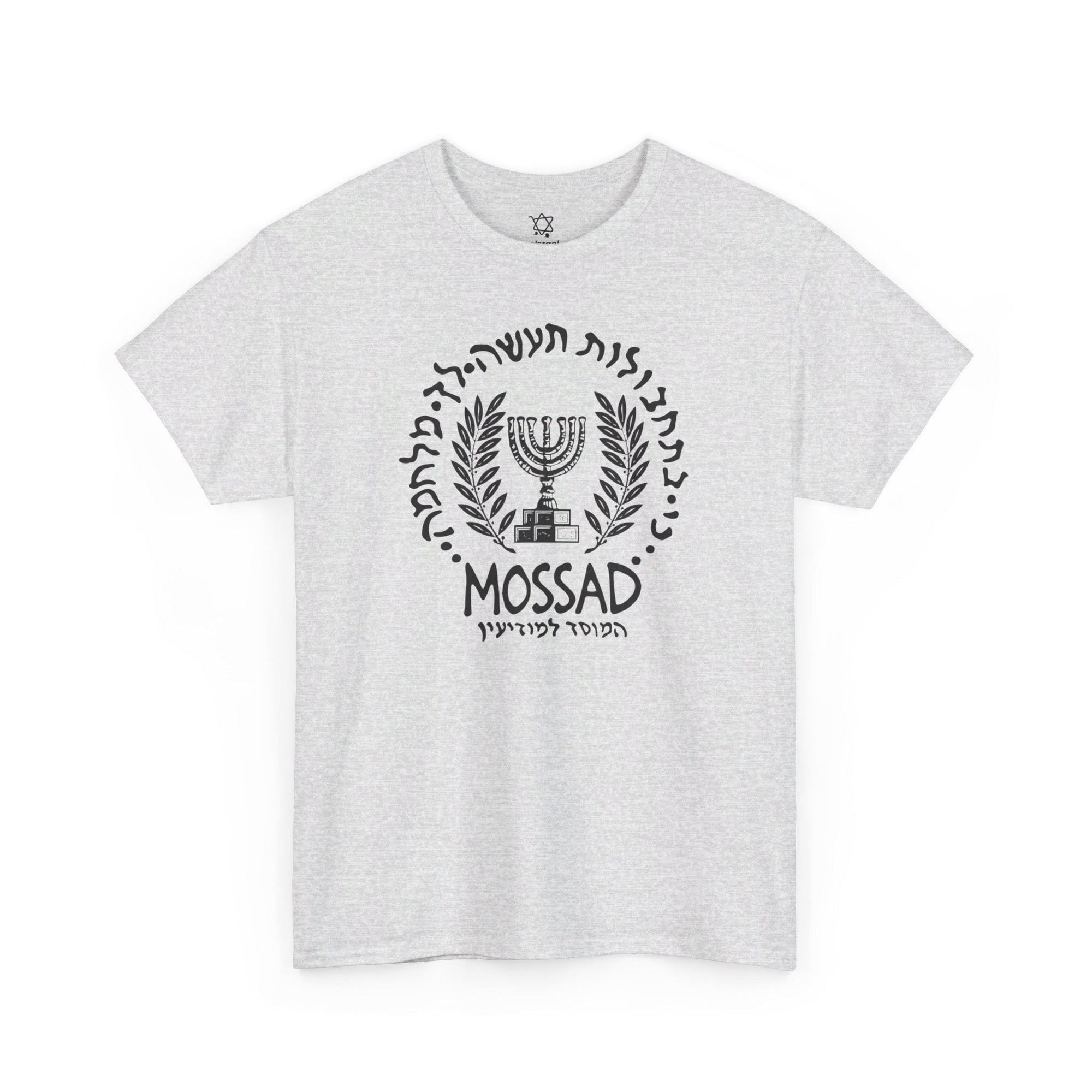An Ancient Symbol with Modern Resonance
The Hamsa hand is much more than a decorative charm—it is a powerful emblem steeped in millennia of history and cultural significance. Revered in Middle Eastern, Jewish, Islamic, and other traditions, this five-fingered hand carries layers of symbolism related to protection, spirituality, and unity. This article delves into the origins, religious meanings, varied representations, and profound cultural significance of the Hamsa, unpacking what it truly means in a comprehensive and inclusive context.
Origins and Historical Development of the Hamsa Symbol
What are the origins and historical development of the Hamsa symbol?
The Hamsa symbol has ancient roots dating back to around 2000 BCE in Mesopotamia, making it one of the oldest protective symbols known to history. Archaeological finds suggest that its earliest association was with goddesses like Inanna or Ishtar, who were revered for fertility and protection.
The design of the Hamsa, resembling an open hand often with an eye in the palm, appears in artifacts from regions that include North Africa, the Middle East, and parts of the Mediterranean. These artifacts, found in places like Carthage and Israel, demonstrate its widespread use as a sign of protection against malevolent forces such as the Evil Eye.
In ancient Carthage and other Phoenician colonies, the symbol was linked to the goddess Tanit and served as a divine safeguard. The Hamsa's imagery evolved over centuries, and by the time of ancient Israel, it was depicted in tombs and amulets dating from around 800 BCE.
As Judaism developed, the Hamsa became associated with the Hand of Miriam, symbolizing divine protection and the five books of the Torah. Similarly, in early Islamic culture, it was called the Hand of Fatima, connected to Fatima, the daughter of Prophet Muhammad, and the Five Pillars of Islam.
Over time, this symbol transitioned from an ancient Middle Eastern amulet into a cultural icon for protection across many societies. Its significance extends beyond religion, to encompass themes of power, blessing, and universal protection.
Today, the Hamsa is widely used in jewelry and décor, serving as a reminder of its long-standing role as a guardian against evil and a symbol of good fortune. Its historical journey from Mesopotamian goddess worship to modern spiritual and cultural emblem reflects its enduring importance and universal appeal.
| Region/Period | Cultural Significance | Main Depictors | Protective Themes |
|---|---|---|---|
| Ancient Mesopotamia | Goddess Inanna/Ishtar | Goddess worship, divine protection | Fertility, protection from harm |
| Carthage | Tanit goddess | Amulets and statues | Ward off evil, ensure safety |
| Israel (800 BCE) | Early Jewish artifacts | Tomb carvings, amulets | Divine protection, blessing |
| Early Islam | Hand of Fatima | Religious jewelry | Faith, divine guidance |
| Modern | Jewelry, décor | Personal talismans | Good luck, warding off harm |
The Deeper Meaning and Symbolism of the Hamsa Hand
Protection and divine presence
The Hamsa hand is more than just a protective amulet; it embodies divine presence and the hope for safety and blessings. Historically, it has been used to ward off evil spirits and malevolent intentions, serving as a shield against harm. Across many cultures, the Hamsa symbolizes divine protection, offering comfort to individuals seeking spiritual security in their daily lives.
The symbolic eye and Evil Eye
One of the most recognizable features of the Hamsa is the eye depicted in the center of the palm. This eye is believed to guard against the Evil Eye—an ancient belief that malevolent glare can cause harm or misfortune. The eye enhances the Hamsa’s protective qualities, making it a potent talisman against negative energy. Many versions include an owl or additional symbols, further emphasizing watchfulness and guardianship.
Five fingers' religious significance
The five fingers of the Hamsa carry profound spiritual meanings. In Judaism, they represent the five books of the Torah, symbolizing divine law and guidance. In Islam, the five fingers are linked to the Five Pillars—faith, prayer, charity, fasting, and pilgrimage—core practices that shape Islamic faith. Additionally, in various cultures, the five fingers symbolize the five senses, reminding individuals to remain mindful of divine presence in their perceptions and actions.
Feminine power and spiritual unity
The Hamsa traditionally symbolizes feminine power, often associated with goddesses and female saints such as Miriam or Fatima. It signifies nurturing, protection, and spiritual unity, embodying qualities of compassion and strength. In many traditions, the hand is seen as a conduit of divine blessings and a reminder of the feminine divine’s role in spiritual harmony.
Cross-cultural interpretation of protection
Although originating in ancient Mesopotamia, the Hamsa has transcended borders, embraced by Jewish, Muslim, Christian, and pagan communities alike. Each culture attributes unique meanings—such as the Hand of Miriam in Judaism, the Hand of Fatima in Islam, or a Christian symbol of humility. Despite diverse names and aesthetics, they all recognize the Hamsa as a symbol of protection, divine favor, and cultural unity. Today, it is widely appreciated in jewelry, home décor, and rituals worldwide, symbolizing a collective longing for safety, prosperity, and spiritual connection.
Religious and Cultural Significance Across Traditions

How is the Hamsa symbol significant across different religions and cultures?
The Hamsa serves as a universal symbol of protection and blessing, with deep roots in various religious and cultural contexts. It has been cherished across Judaism, Islam, Christianity, and ancient Middle Eastern religions for thousands of years.
In Judaism, the Hamsa is called the Hand of Miriam, honoring Moses’s sister. It symbolizes divine protection, divine intervention, and aligns with the five books of the Torah. Jewish communities often incorporate it into jewelry and rituals, emphasizing its role as a safeguard against the evil eye and as a symbol of faith.
Islam regards the Hamsa as the Hand of Fatima, associated with Fatima, daughter of Prophet Muhammad. It represents faith, the Five Pillars of Islam, and spiritual protection. The finger’s shape and the inclusion of an eye are believed to ward off malevolent spirits and bring good luck.
Christian traditions sometimes refer to the symbol as the Hand of Mary, reflecting humility, faith, and divine grace. While less prominent in Christian doctrine, it still signifies divine protection and spiritual blessings.
Ancient civilizations, including the Mesopotamians, Phoenicians, and Egyptians, also used hand-shaped symbols linked to gods like Inanna, Ishtar, Osiris, and Iris. These depictions date back over 2,000 years and emphasized themes of fertility, divine power, and protection.
Beyond religious meanings, the Hamsa’s popularity spans many cultures. It has been found in archaeological sites from Carthage to Spain, indicating its role as a protective talisman and cultural icon. Today, the Hamsa continues to symbolize unity, protection, and spiritual well-being in diverse communities worldwide.
| Culture/Religion | Name | Main Symbols | Protective Meaning | Common Uses |
|---|---|---|---|---|
| Judaism | Hand of Miriam | Torah, five fingers | Protection from evil eye, divine blessing | Jewelry, wall hangings |
| Islam | Hand of Fatima | Five Pillars, eye in palm | Faith, protection from malevolent forces | Amulets, decorations |
| Christianity | Hand of Mary | Hand of Mary, humility | Divine protection, faith | Decorations, jewelry |
| Ancient Egypt/Mesopotamia | Various deities | Divine hand, fertility symbols | Fertility, divine power | Artifacts, amulets |
This broad reverence underscores the Hamsa’s enduring significance, transcending religious boundaries to symbolize a shared desire for protection, prosperity, and spiritual harmony.
Variations and Artistic Representations of the Hamsa

The Hamsa symbol features numerous artistic motifs that reflect its rich cultural and spiritual significance. One of the most recognizable elements is the eye in the center of the palm, often called the 'evil eye,' believed to ward off malevolent energies. Many artistic renditions include the five fingers, sometimes stylized with intricate patterns or geometric designs, emphasizing protection and power.
Aside from the eye, common motifs within Hamsa depictions include fish, which in Jewish tradition symbolize immunity to the evil eye, and the Star of David or Islamic symbols that reinforce spiritual protection. Some representations incorporate inscriptions in Hebrew or Arabic, such as prayers or blessings, enhancing the symbol’s sacred value.
Colors also play a role in Hamsa artwork, with blue and red being particularly popular. Blue, linked to divine protection, is thought to repel evil spirits, while red can symbolize strength and vitality. Inscriptions may be added to personalize the amulet, including blessings for health, happiness, or prosperity.
Cultural differences influence the style and meaning of the Hamsa. In Jewish communities, it is called the Hand of Miriam and often decorated with fish and the Star of David. Islamic traditions refer to it as the Hand of Fatima, usually adorned with Arabic calligraphy and geometric patterns. Christian adaptations might feature the Hand of Mary, with depictions emphasizing humility and faith.
The Hamsa is widely used in various forms of art today—jewelry, tattoos, and home decor. It often appears as a pendant, bracelet, or wall hanging, serving both as a protective talisman and a decorative piece. Its orientation—fingers up or down—can alter its perceived influence: fingers pointing upwards are believed to invoke divine protection, while downward orientations are associated with blessing and abundance.
Overall, the artistic representations of the Hamsa beautifully blend tradition with personal expression, making it a versatile symbol that continues to inspire across cultures.
The Hamsa in Modern Culture and Daily Life

Use as Jewelry and Home Decor
Today, the Hamsa is widely featured in jewelry, such as necklaces, bracelets, and earrings, as a symbol of protection and good luck. It is also popular as wall hangings, amulets, or decorative tiles in homes, especially in regions with Middle Eastern and North African communities.
Symbolism in Personal Identity and Cultural Heritage
For many, wearing or displaying the Hamsa is a way to connect with their cultural roots and spiritual beliefs. It represents safety, blessings, and a shared history that transcends individual identity. The symbol can be customized with various motifs like the eye or specific colors to enhance its protective qualities.
Role in Rituals and Ceremonies
The Hamsa often plays a part in religious and cultural rituals, including weddings and festivals. Sephardic Jewish families might include the Hamsa in wedding ceremonies, believing it invites divine protection. In Islamic communities, it may be worn during important religious observances as an emblem of faith.
Unicode Emoji Representation
In digital culture, the Hamsa has a dedicated emoji, 🪬, added to Unicode in 2021. This symbol is used in texts and social media to express spiritual protection, good luck, or cultural pride.
Continued Evolution in Contemporary Spirituality
As interest in spirituality grows worldwide, the Hamsa continues to evolve beyond traditional settings. It is increasingly integrated into modern spiritual practices and wellness movements, symbolizing harmony, protection, and positive energy. The symbol's universal appeal helps it bridge different cultures and belief systems, fostering a sense of shared spirituality and protection.
Protective Power and Spiritual Significance: A Comprehensive View

What does the Hamsa symbol truly signify in a comprehensive cultural and spiritual context?
The Hamsa hand is a symbol embedded with deep meanings that span across different cultures and religions worldwide. At its core, it represents protection—especially against the evil eye, a malevolent stare believed to cause harm or bad luck.
Historically, the symbol traces back to ancient Mesopotamia around 2000 BCE, where artifacts associated with goddess Inanna or Ishtar have been discovered. It later appeared in regions such as North Africa, Carthage, and the Iberian Peninsula, showcasing its widespread antiquity.
In Jewish tradition, the Hamsa is known as the Hand of Miriam, symbolizing divine protection and the five books of the Torah. It often features an eye in the center, a talisman meant to ward off harmful energies. Similarly, in Islam, the Hand of Fatima is linked to Fatima, daughter of Prophet Muhammad, representing faith, resilience, and divine safeguarding. The five fingers also correspond to the Five Pillars of Islam, further reinforcing its spiritual significance.
Christianity also adopts this symbol, sometimes called the Hand of Mary, emphasizing humility and faith. Beyond these religious contexts, the Hamsa is used in Buddhism and Hinduism to denote chakra energy flow, the five senses, and practices related to energy healing and protection.
Throughout history, the symbol has embodied themes of spiritual resilience, divine blessings, and unity. Its ubiquitous presence in jewelry, amulets, and home décor attests to its enduring role as a universal emblem of safety, prosperity, and spiritual connection.
Today, the Hamsa continues to symbolize a collective human aspiration for protection, health, and harmony, transcending individual faiths to promote common values of safeguarding and spiritual wellbeing.
Linguistic and Symbolic Roots of the Name 'Hamsa'

The word 'Hamsa' originates from the Hebrew word 'khámsa' and the Arabic word 'ḵamsa,' both meaning 'five.' This significance stems from the hand's five fingers, a prominent feature of the symbol, which has deep religious and cultural importance.
The number five is intertwined with spiritual symbolism in several religions. In Judaism, the five fingers represent the five books of the Torah, the central texts of the faith. They also symbolize the five senses, which are used in prayer and rituals to connect with the divine.
In Islam, 'Khamsa' refers to the Five Pillars of Islam—faith, prayer, charity, fasting, and pilgrimage—each a fundamental practice of Muslim life. This connection emphasizes the protective power of the Hamsa in shielding individuals from malevolent forces like the evil eye.
Interestingly, the names associated with the symbol—Hand of Miriam in Judaism and Hand of Fatima in Islam—highlight its role as a divine protector linked to significant female figures in respective faiths. Miriam, sister of Moses, and Fatima, daughter of Prophet Muhammad, both embody themes of faith, protection, and compassion.
The shared linguistic roots in Hebrew and Arabic underscore the Hamsa’s broad cultural adoption and its significance across these traditions, making it a symbol that transcends individual religions to represent universal themes of protection, faith, and unity.
A Timeless Symbol of Protection and Unity
From its ancient origins to its vibrant presence in contemporary culture, the Hamsa hand remains a profound symbol transcending faiths and peoples. Its embodiment of protection, blessing, and spiritual connection reflects humanity's enduring hope for safety and harmony. By unpacking the layers of meaning, historical background, and rich cultural interpretations, we gain a deeper appreciation of the Hamsa—not just as an ornamental motif, but as a living emblem of unity, resilience, and divine guardianship in an ever-changing world.
References
- Hamsa Hand Meaning: Symbolism, History & How to Wear It
- Unity through Symbolism: The Hamsa
- What Is A Hamsa?
- Hamsa's Symbolism | New Voices
- Hamsa
- The Hamsa Hand Meaning - The Hand of God ...
- Unity through Symbolism: The Hamsa
- Hamsa
- Hamsa Hand Meaning: Symbolism, Protection & Power
- Hamsa Hand Meaning: Symbolism, History & How to Wear It













